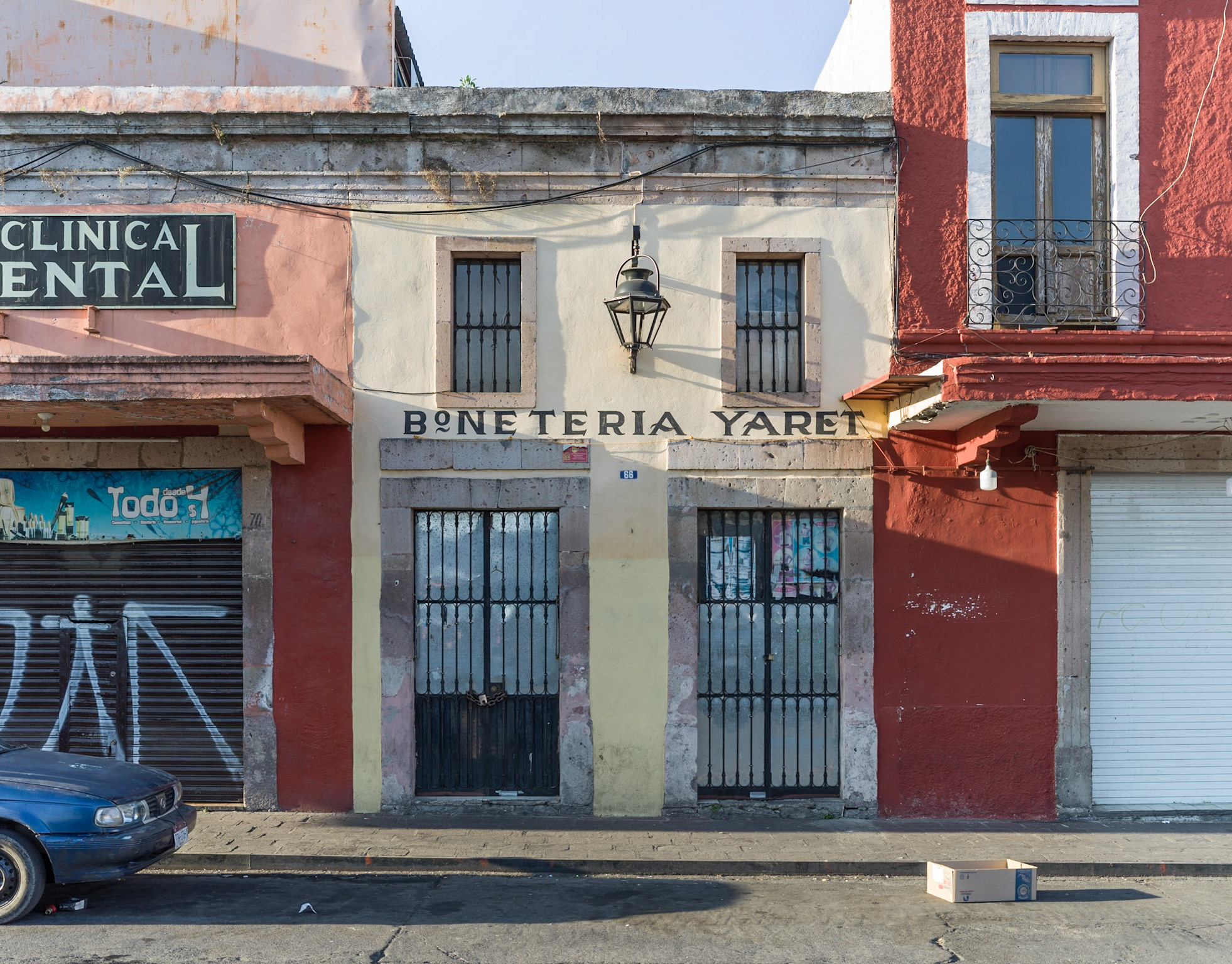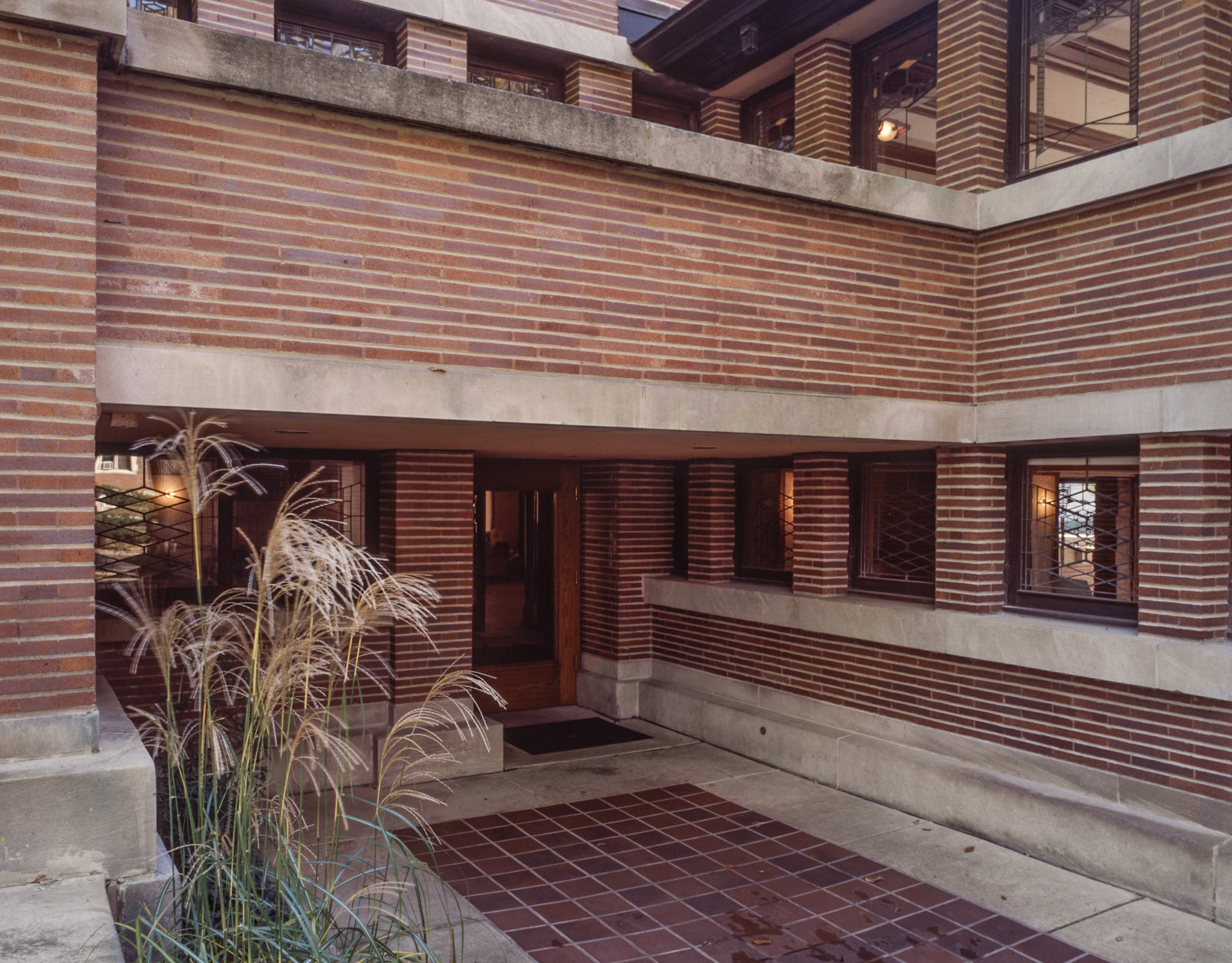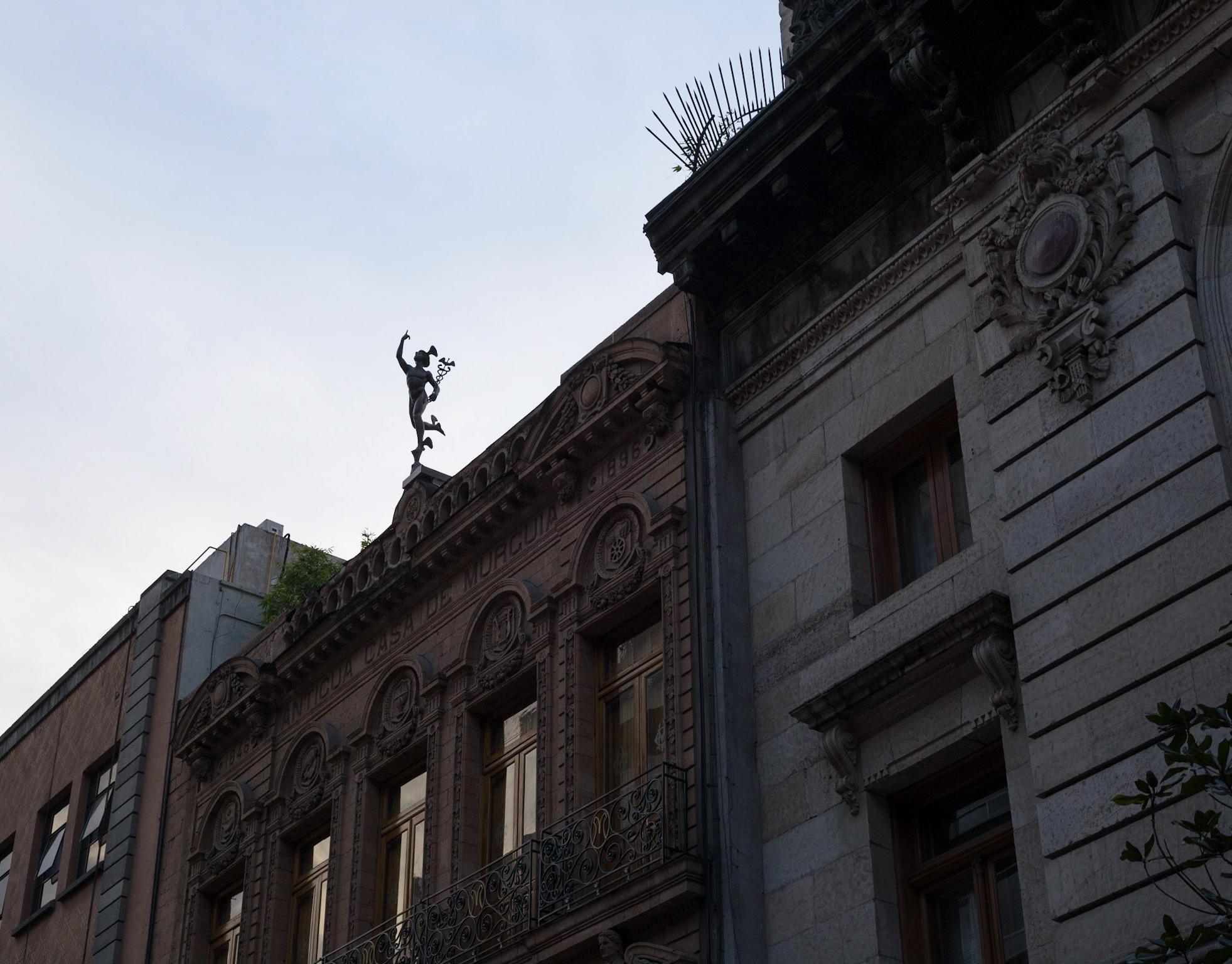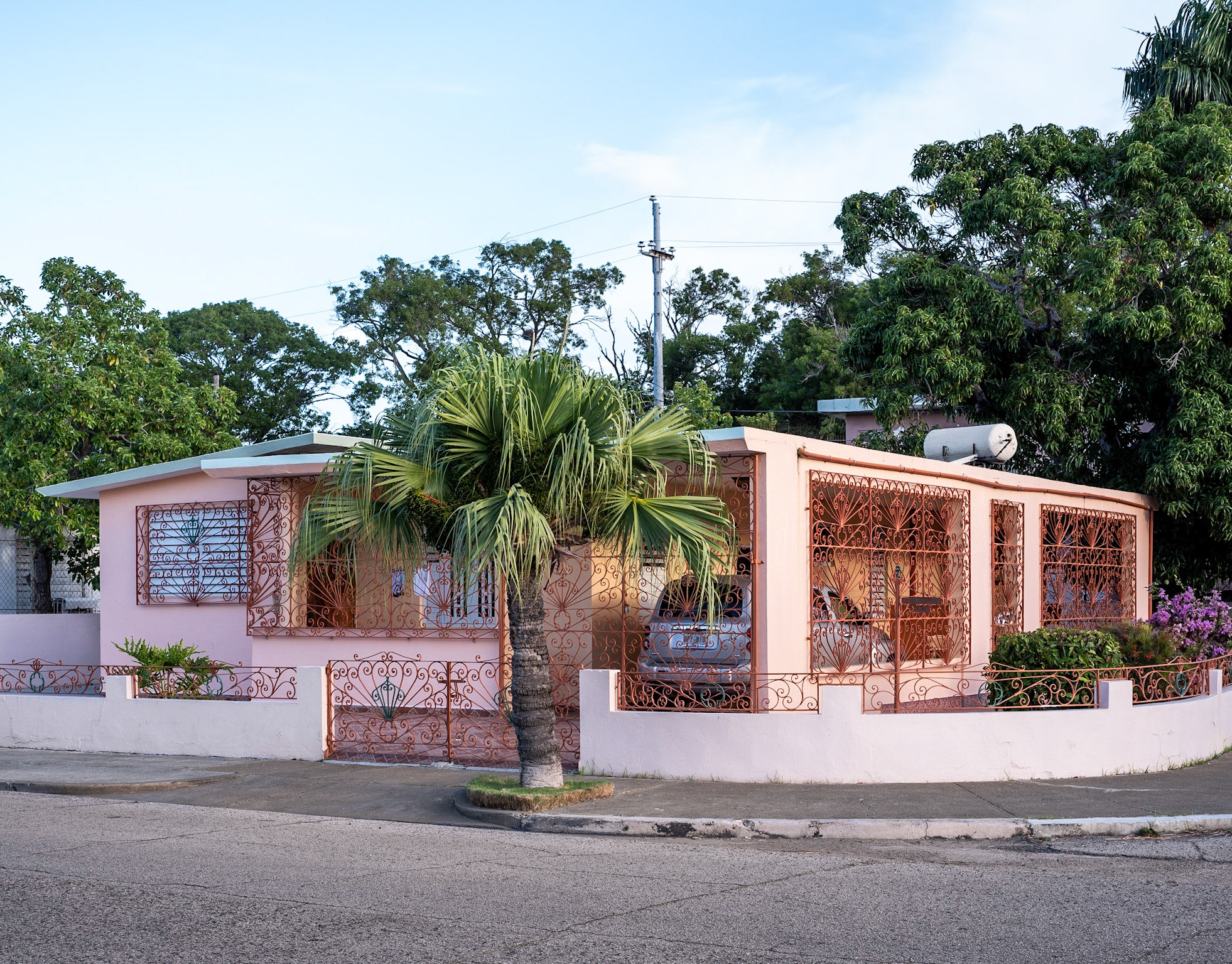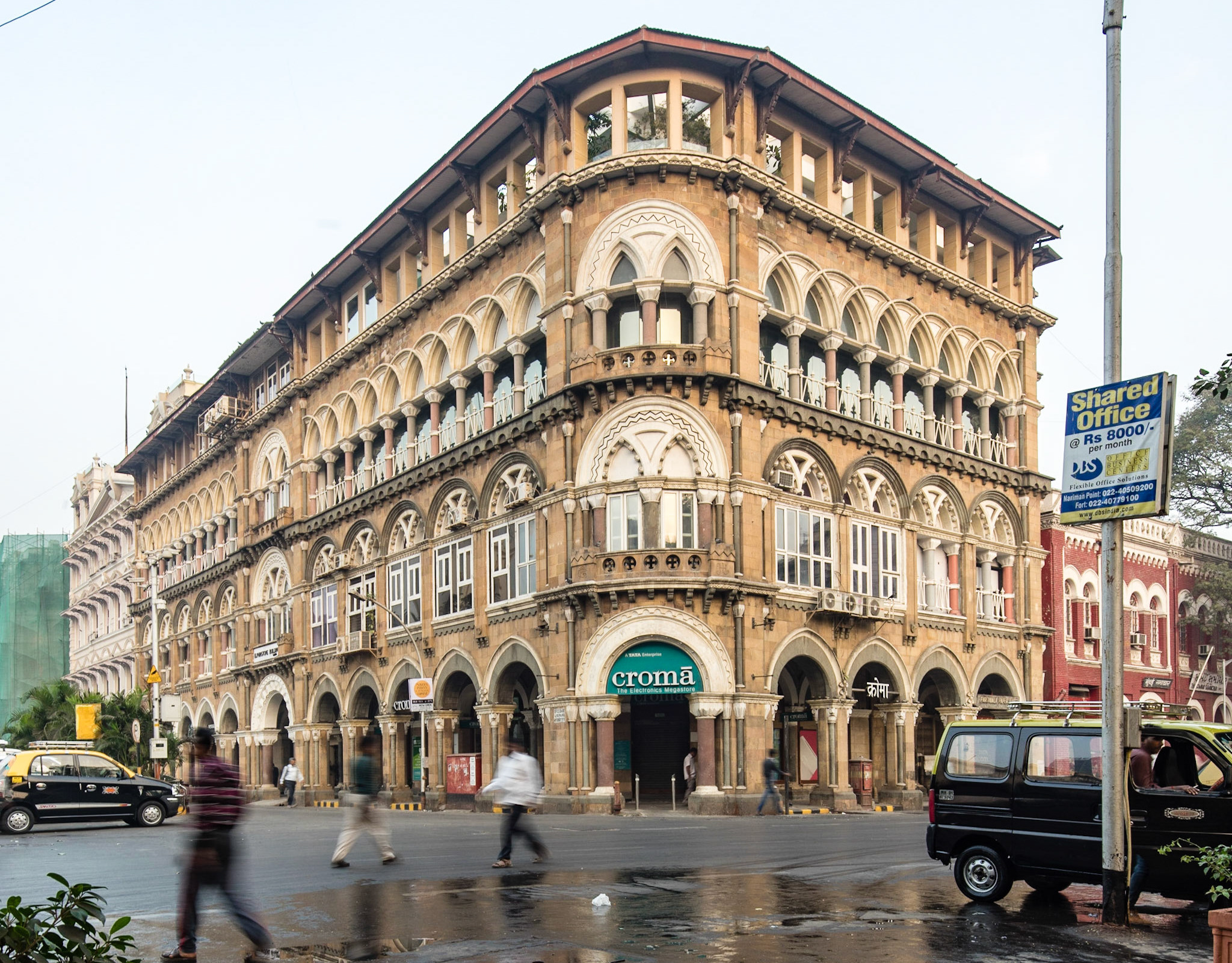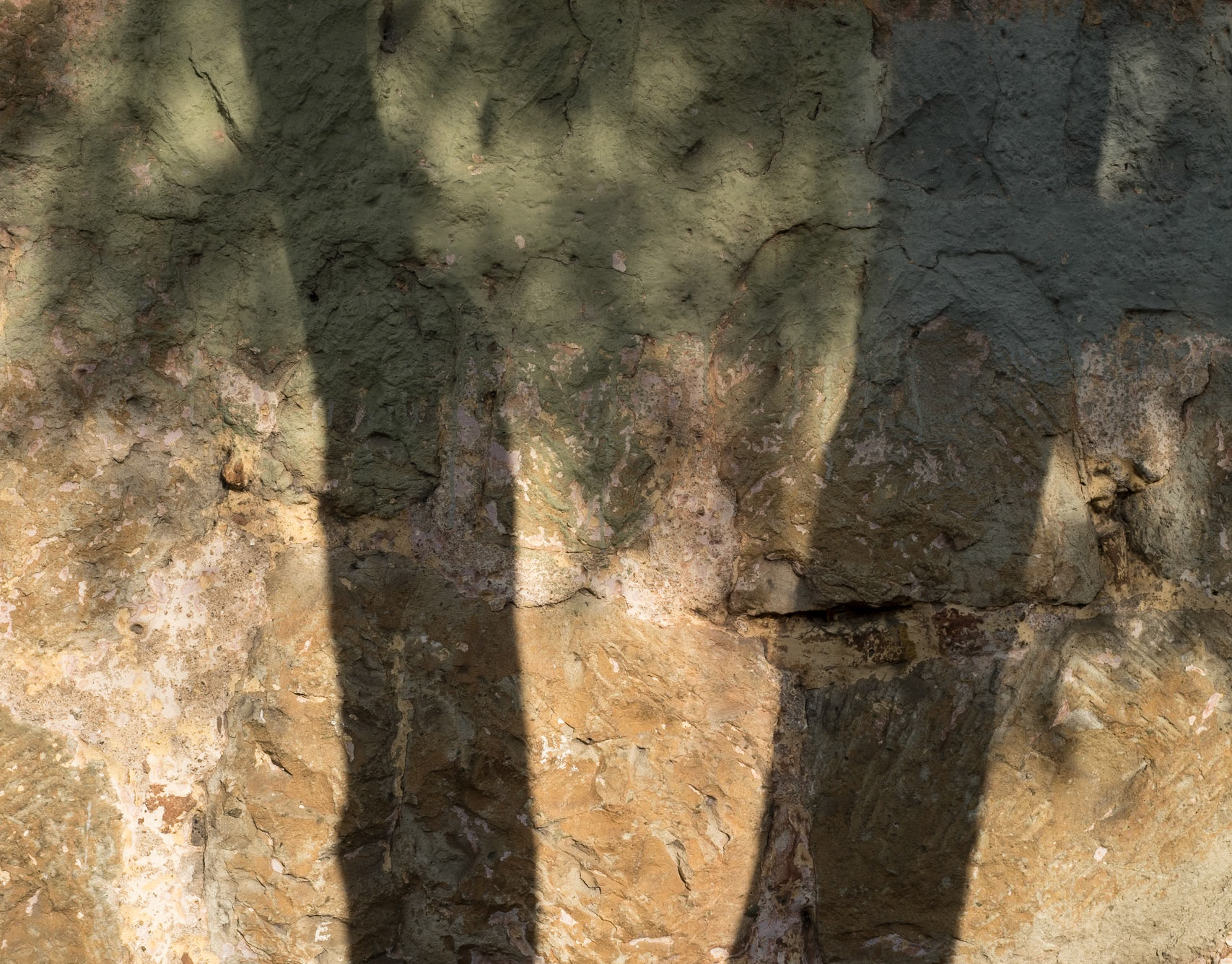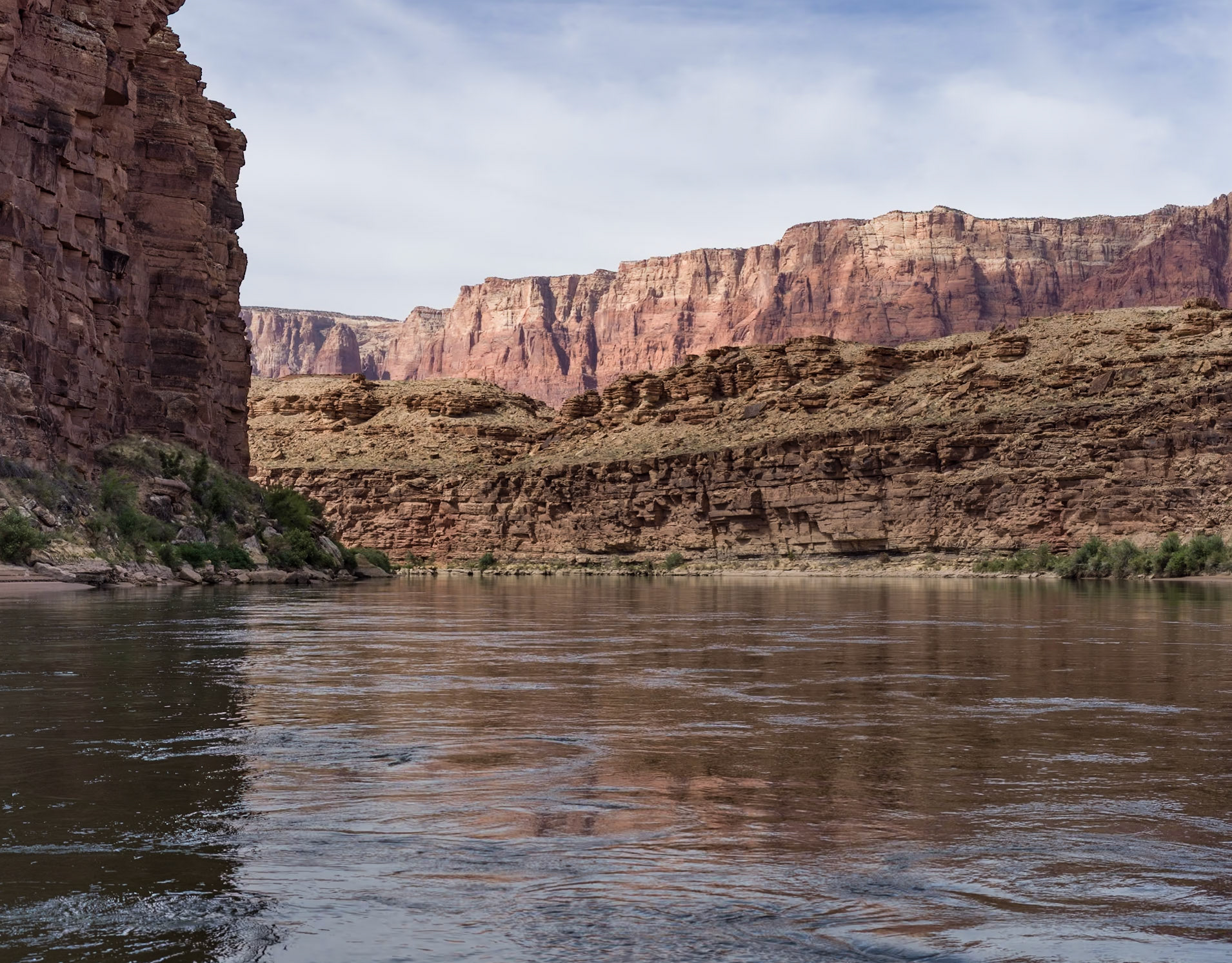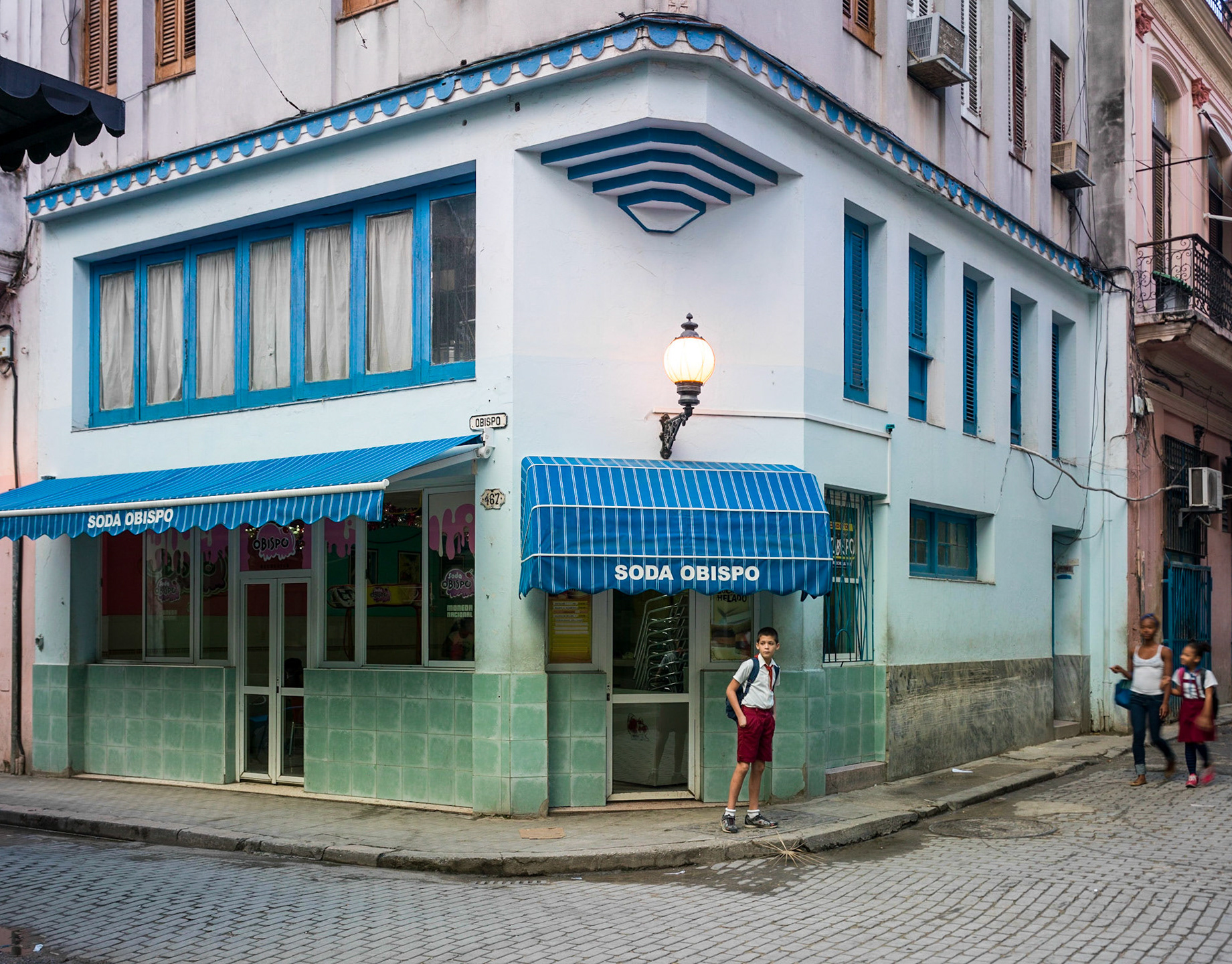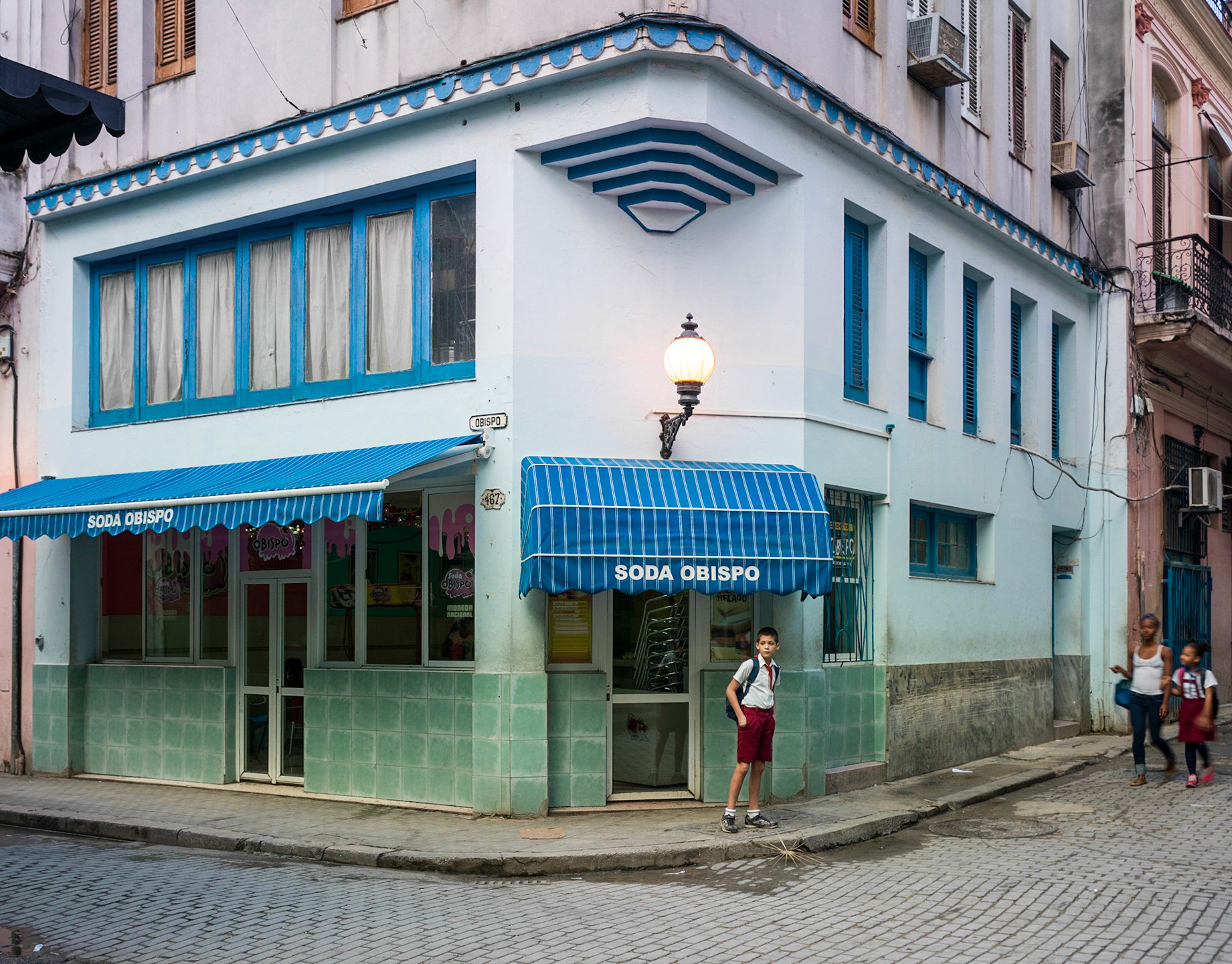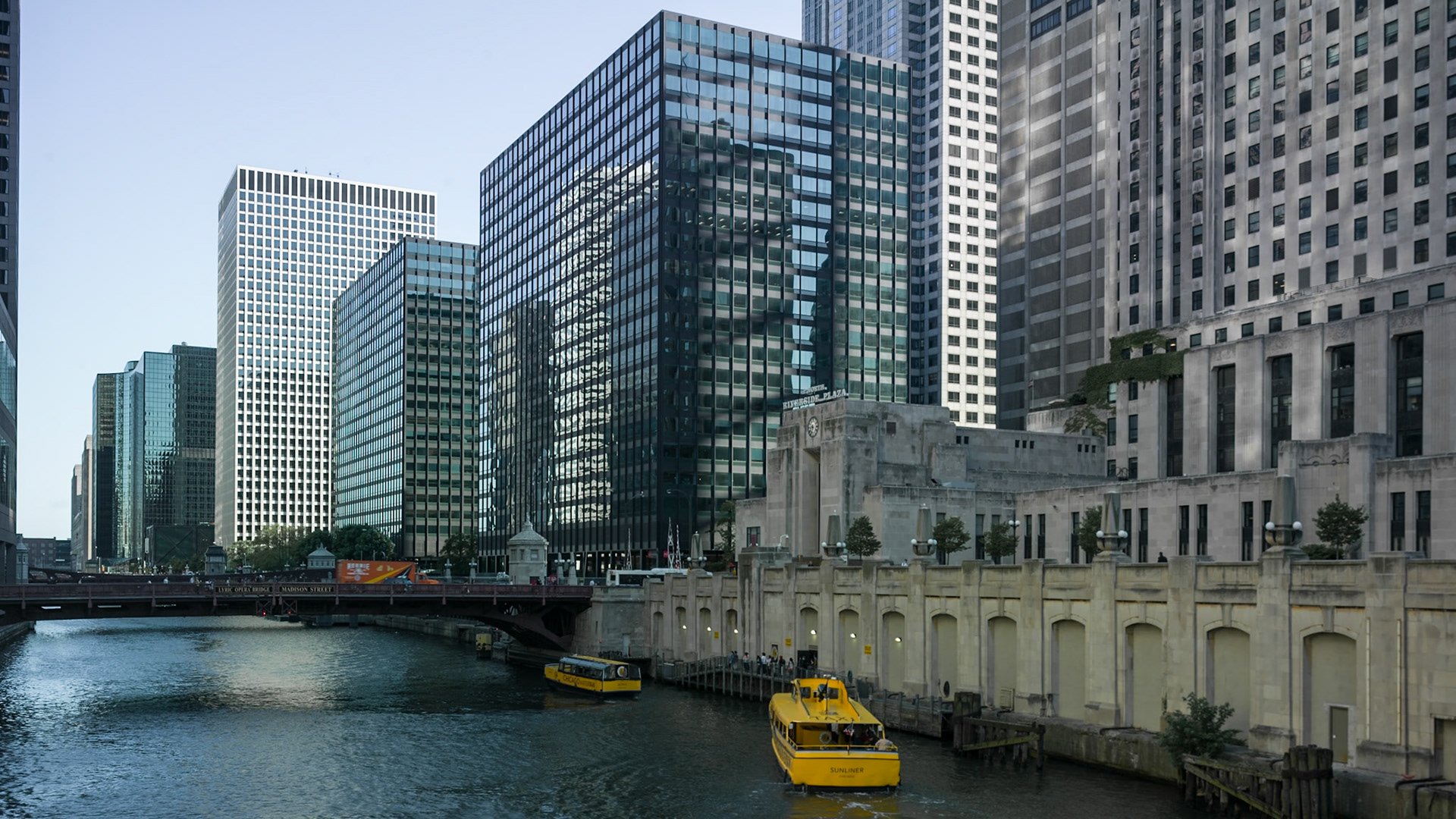
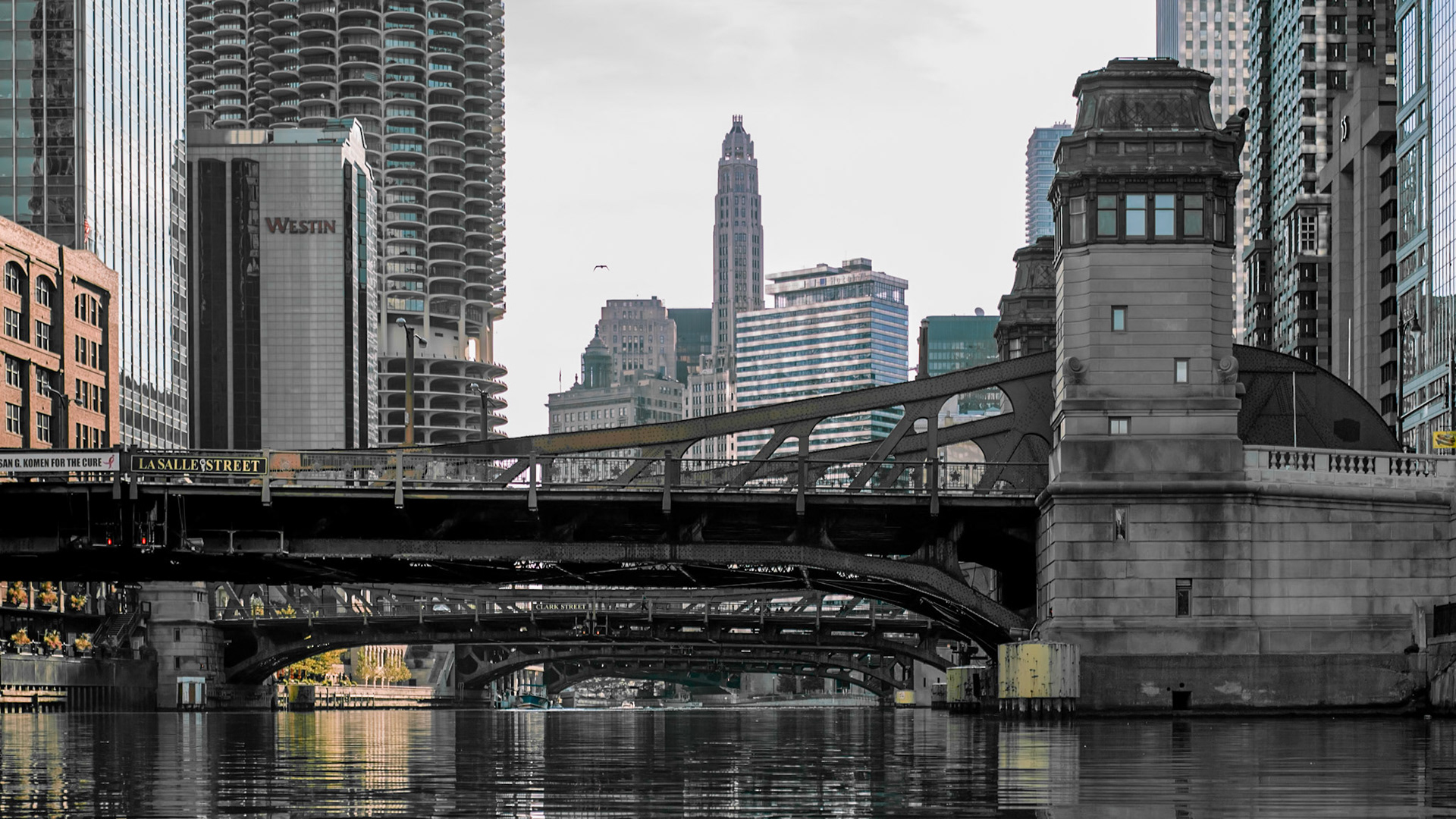

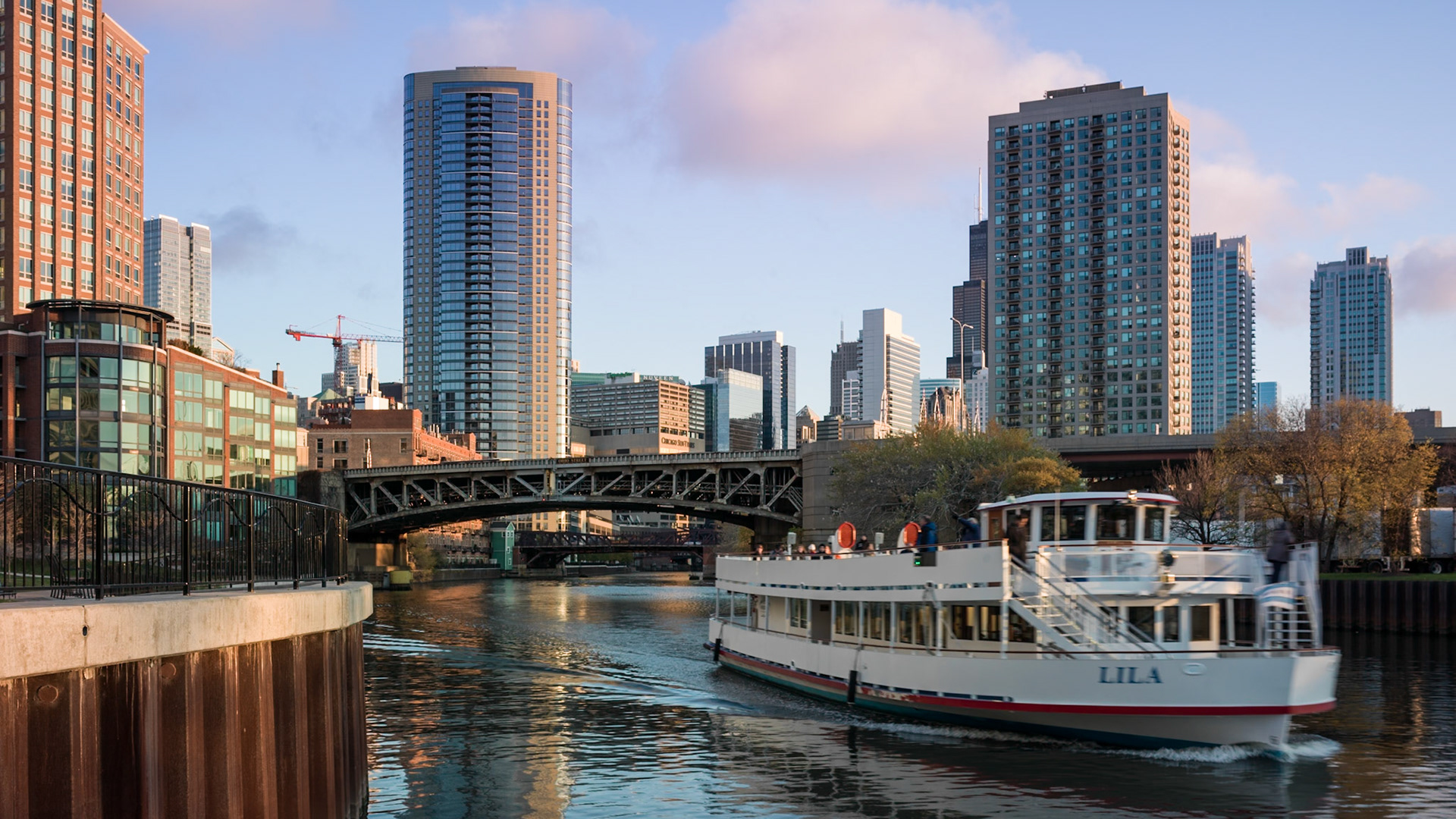
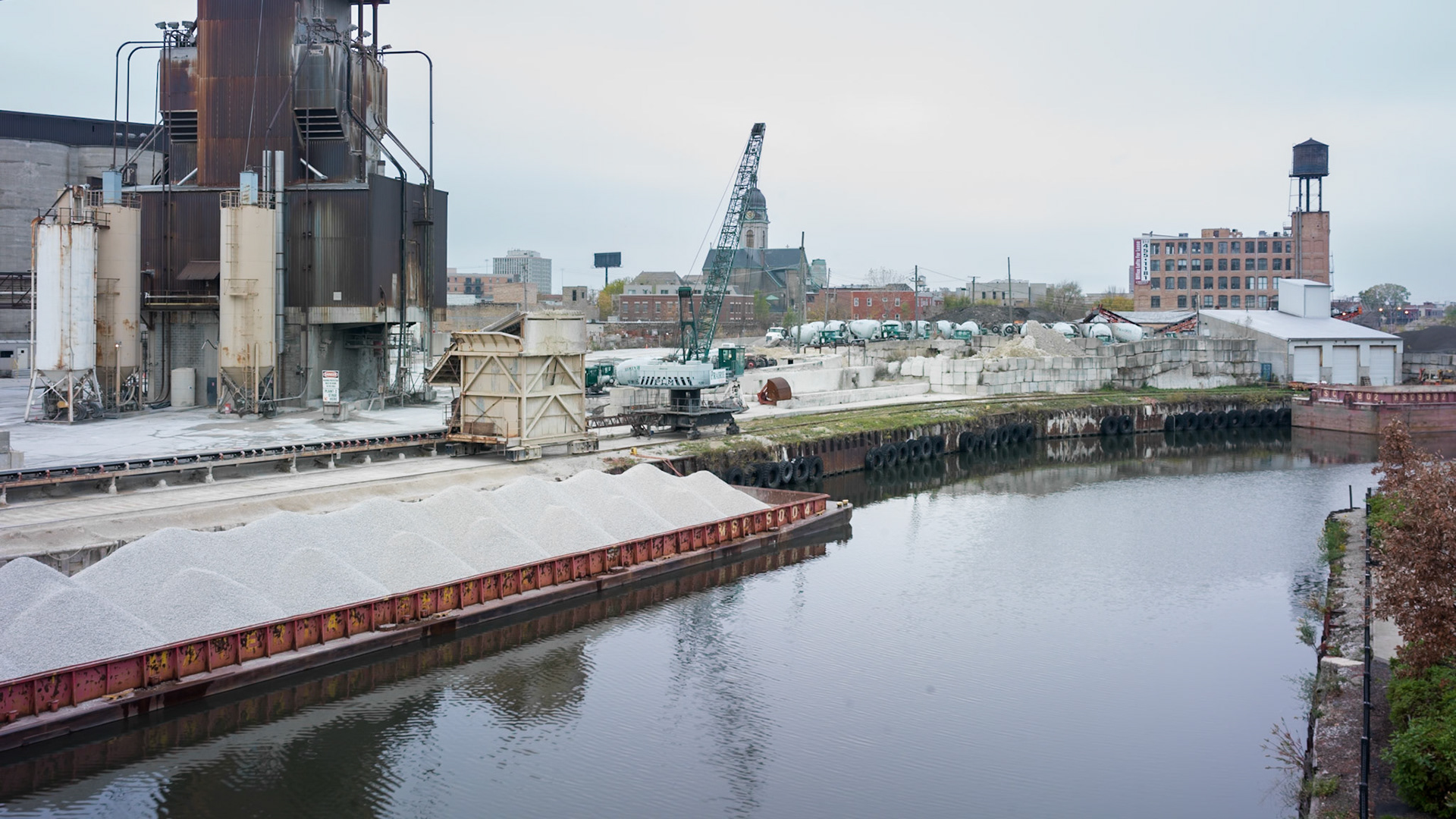
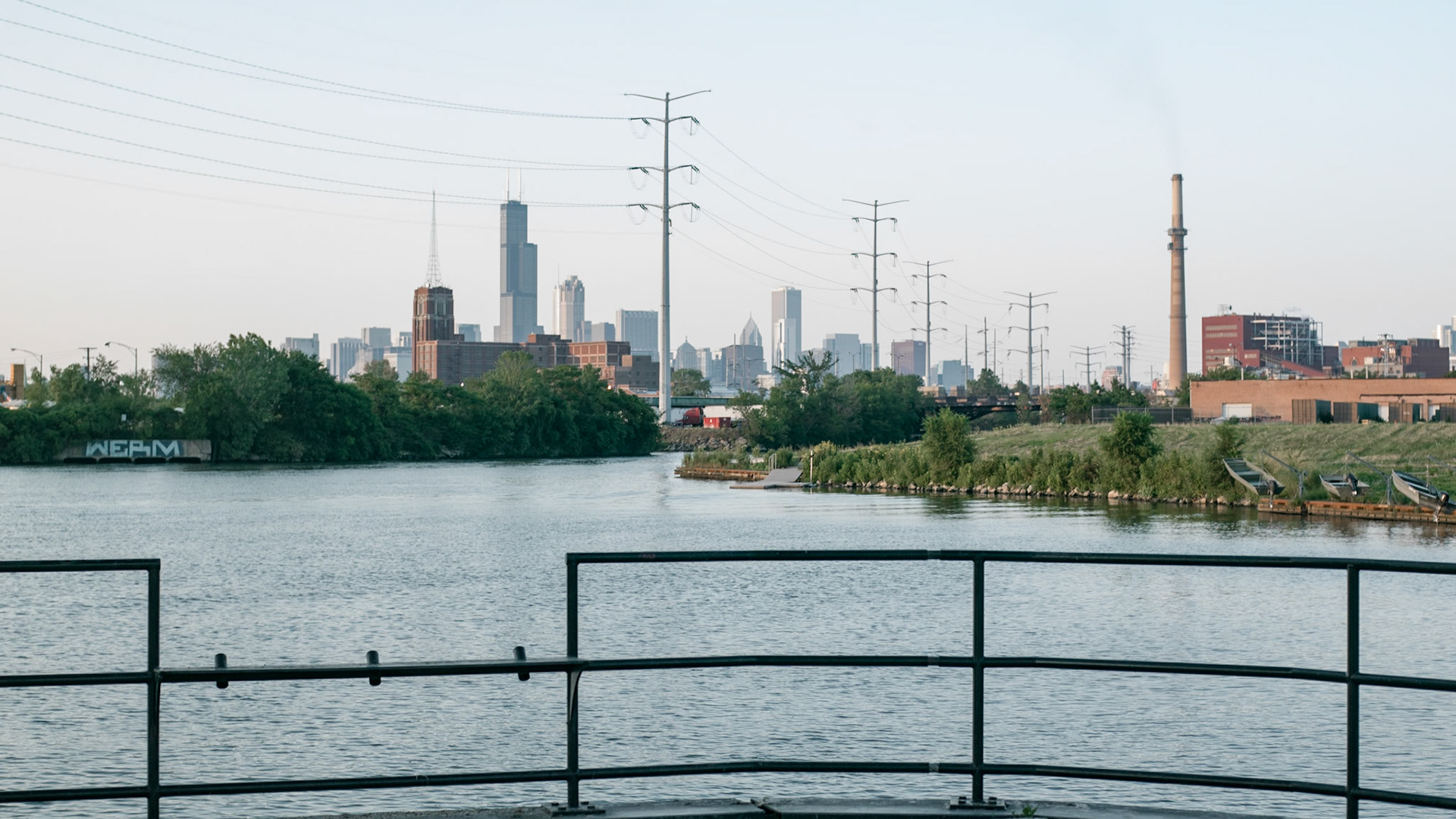
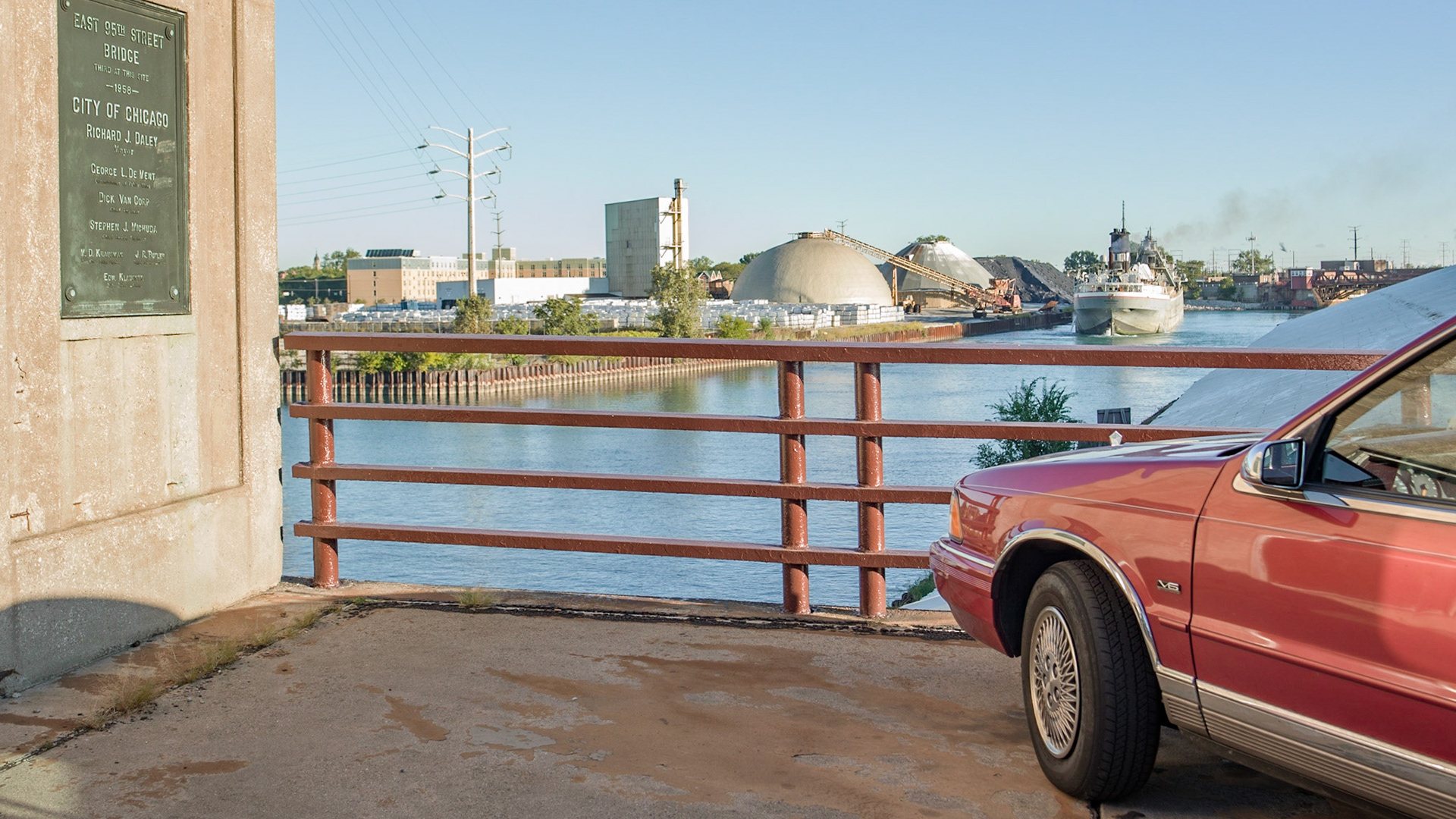
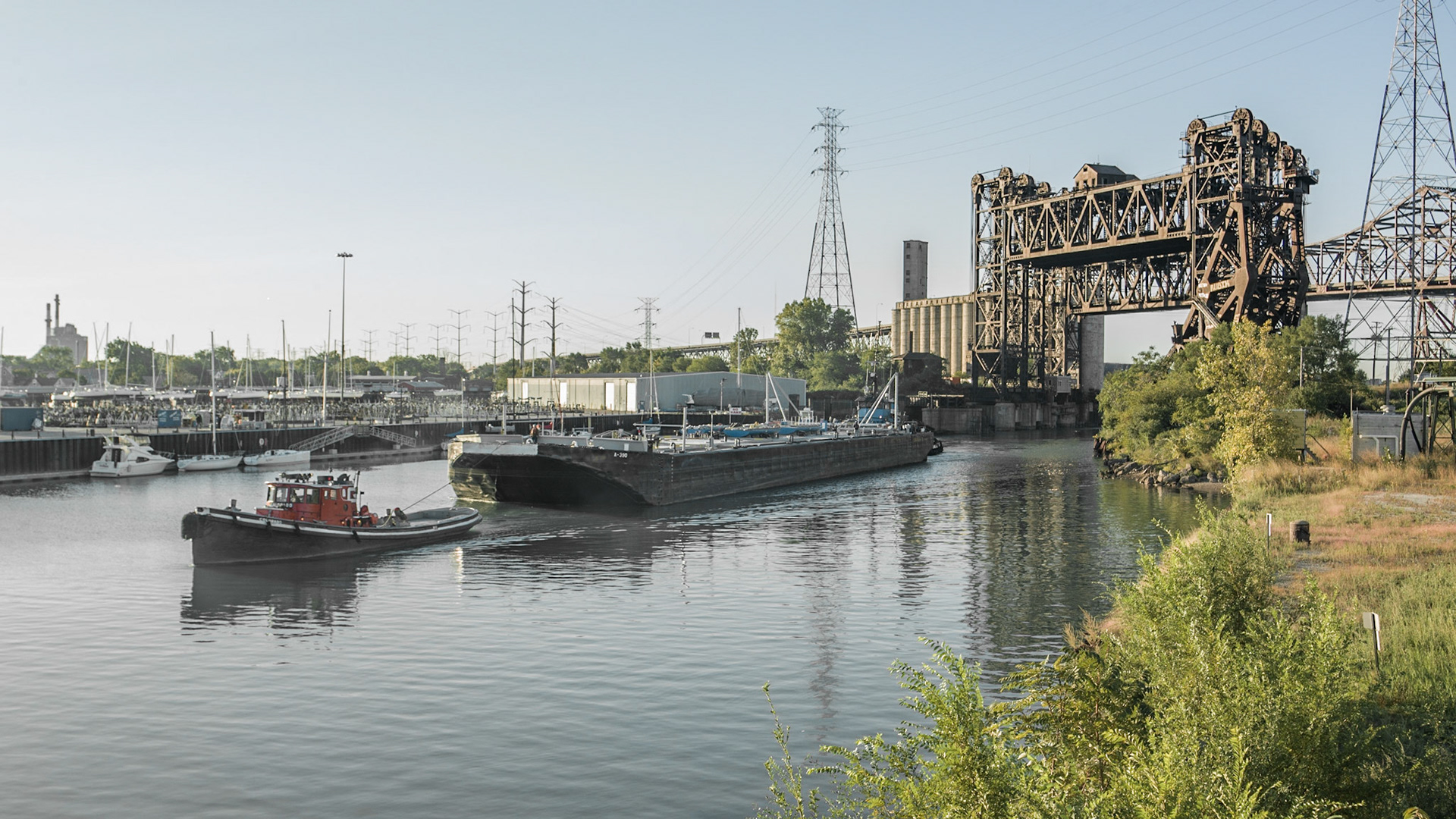
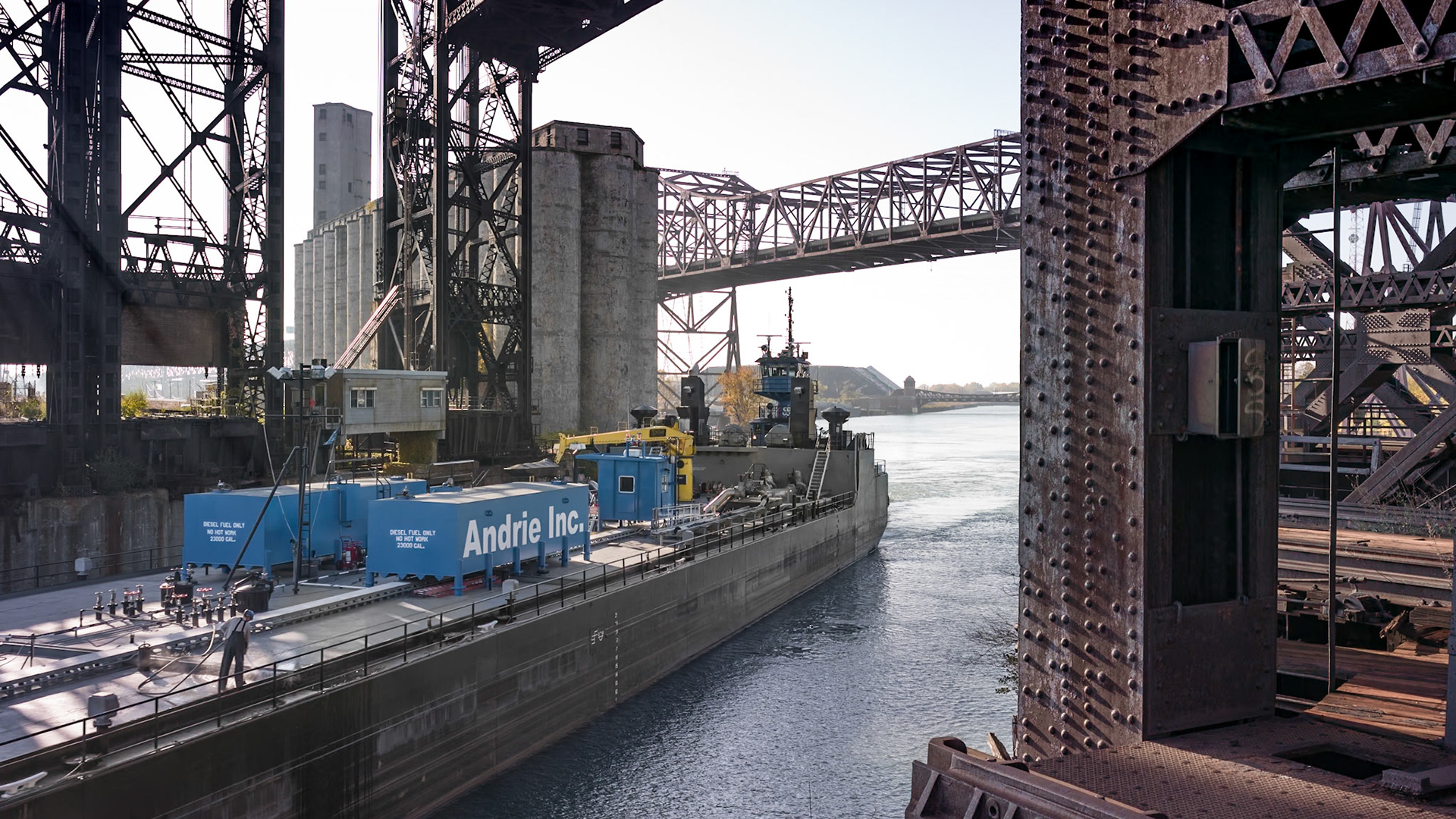
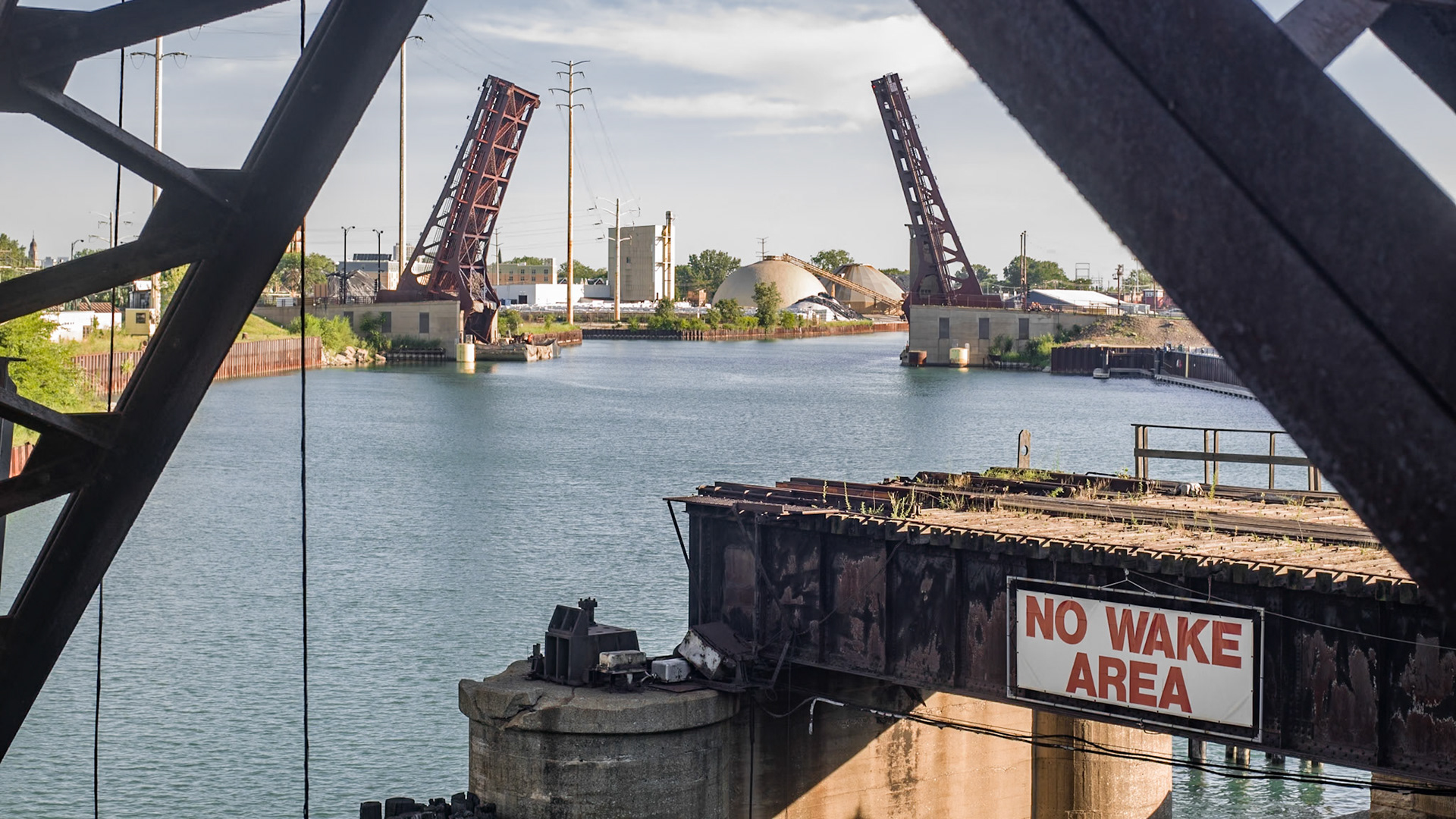
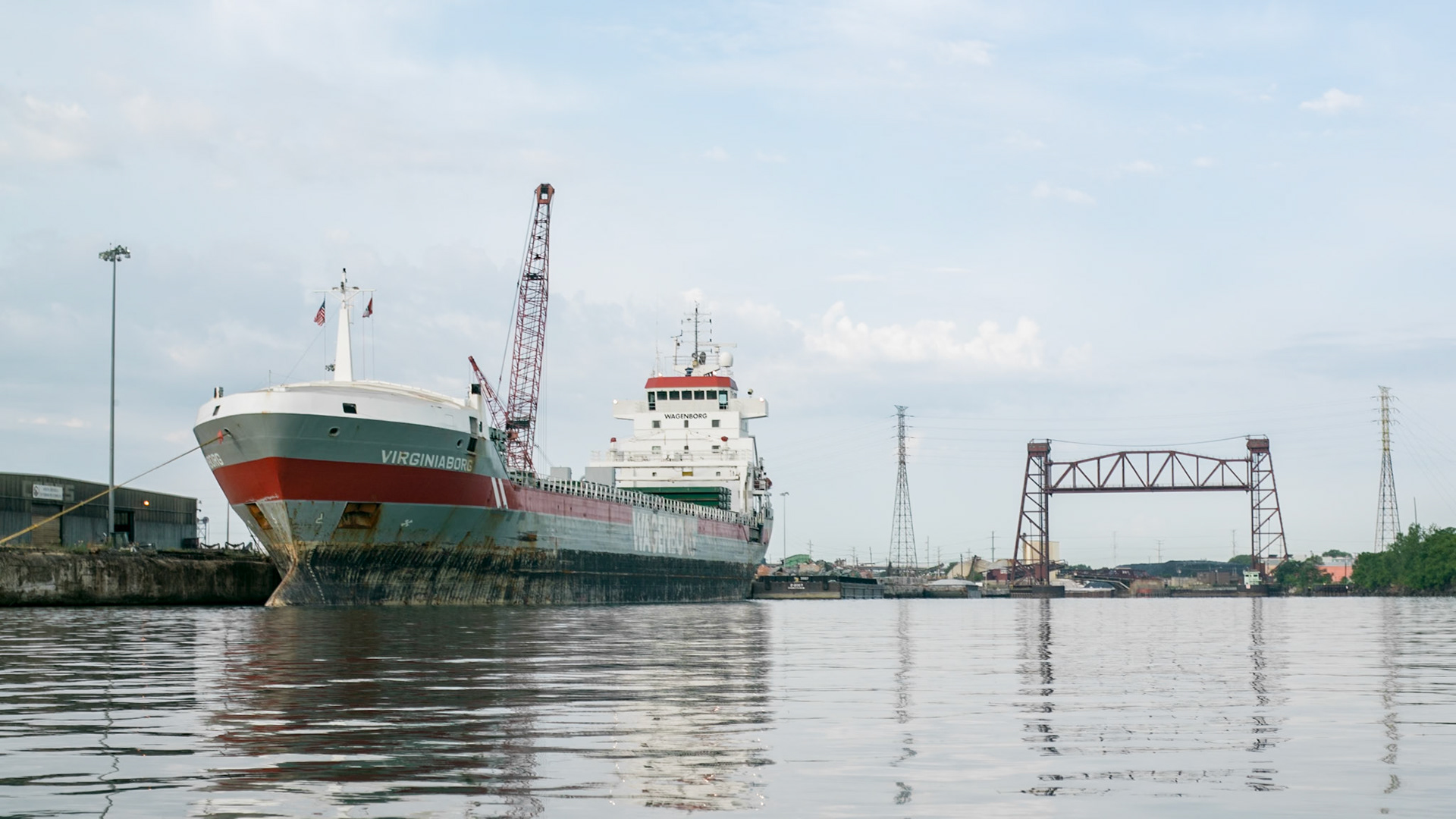

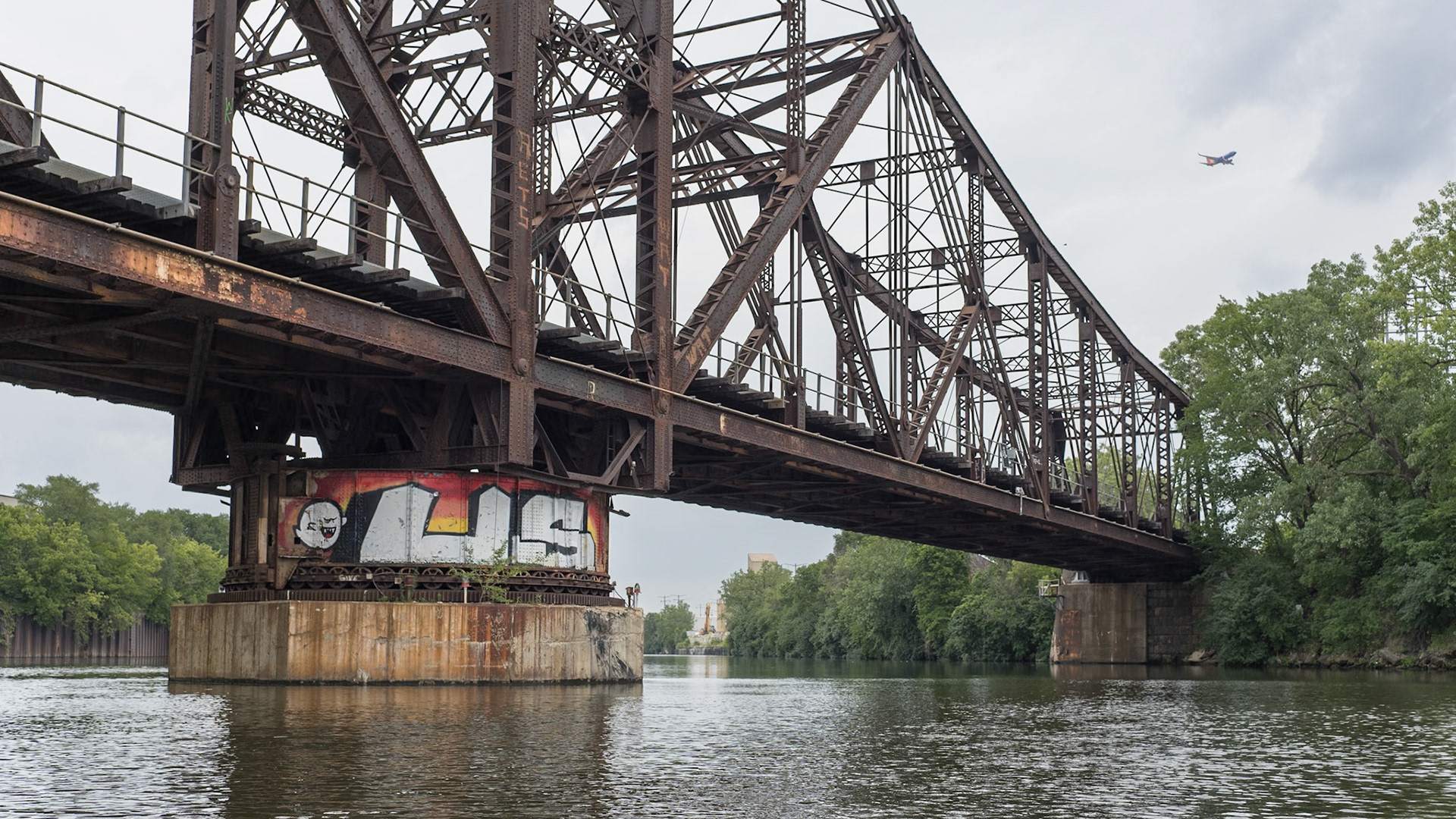
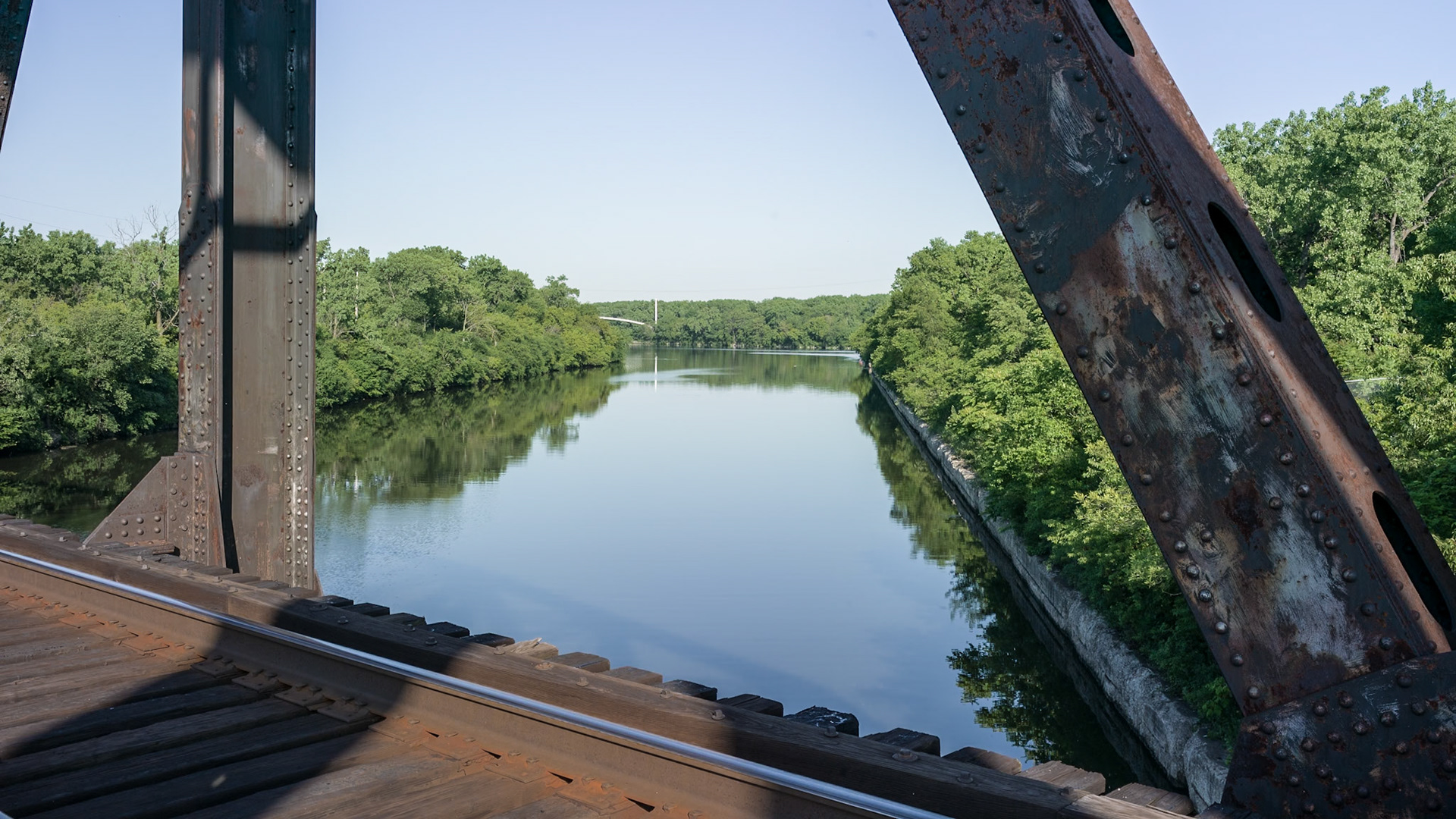
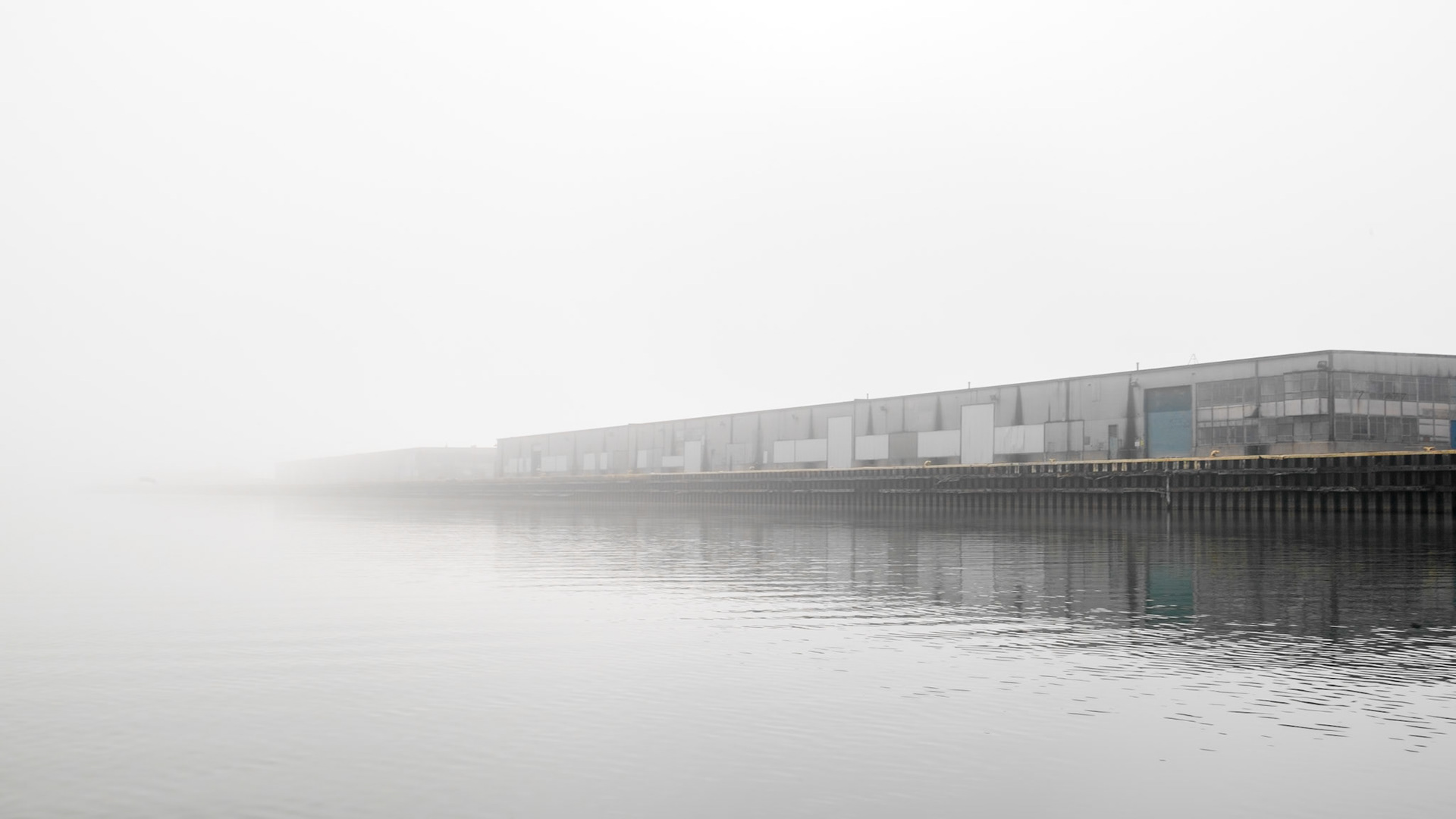
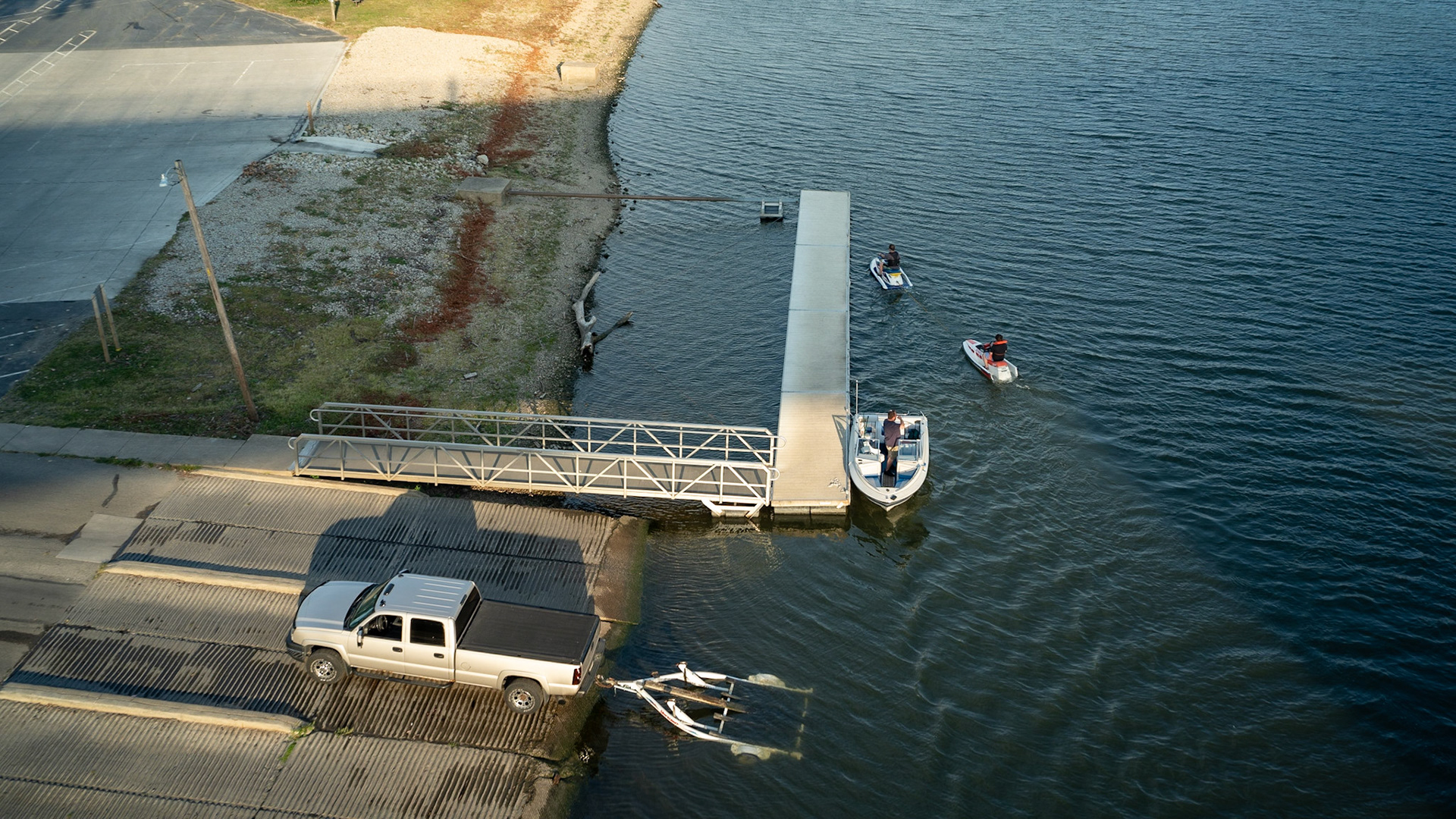
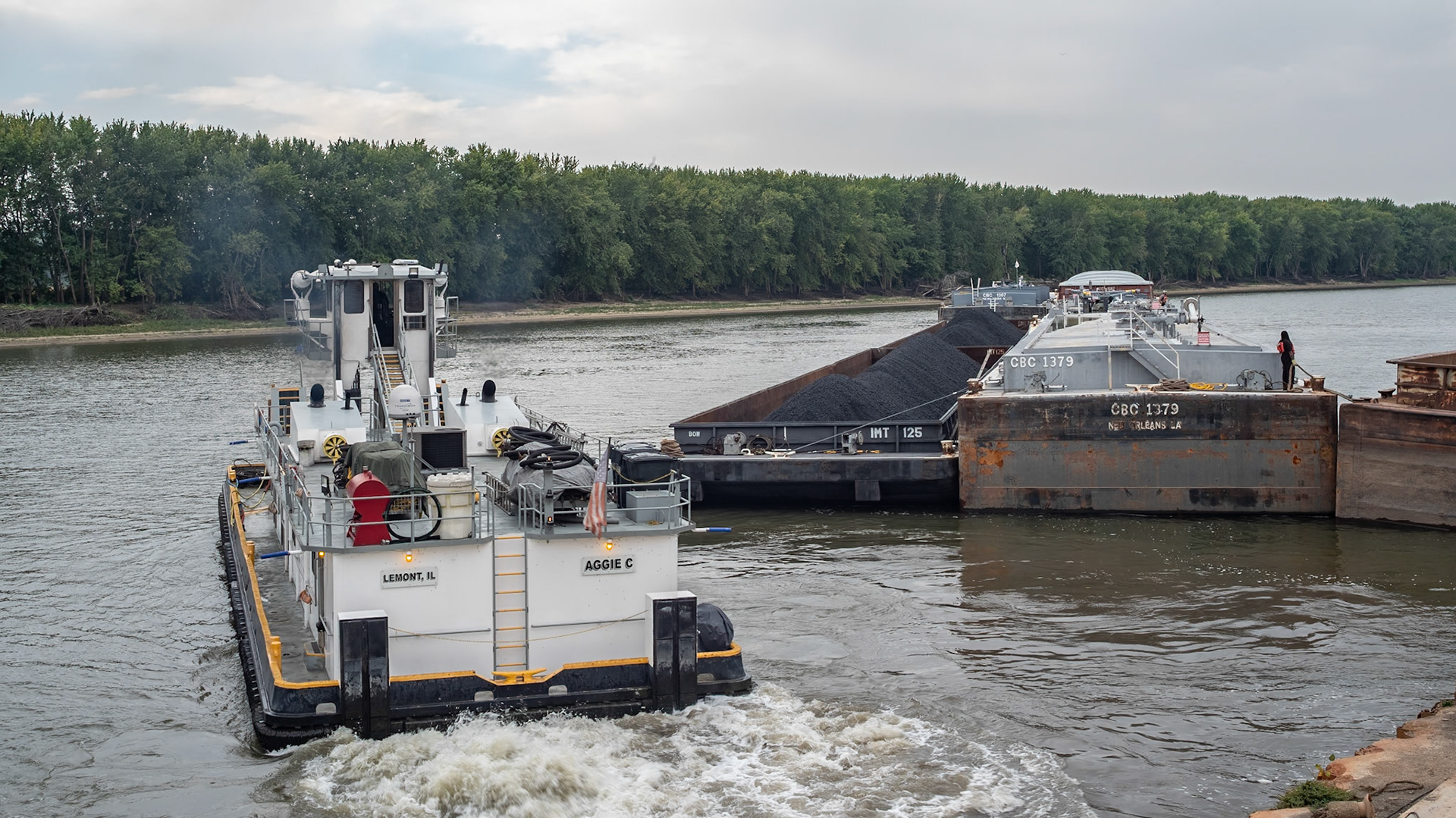
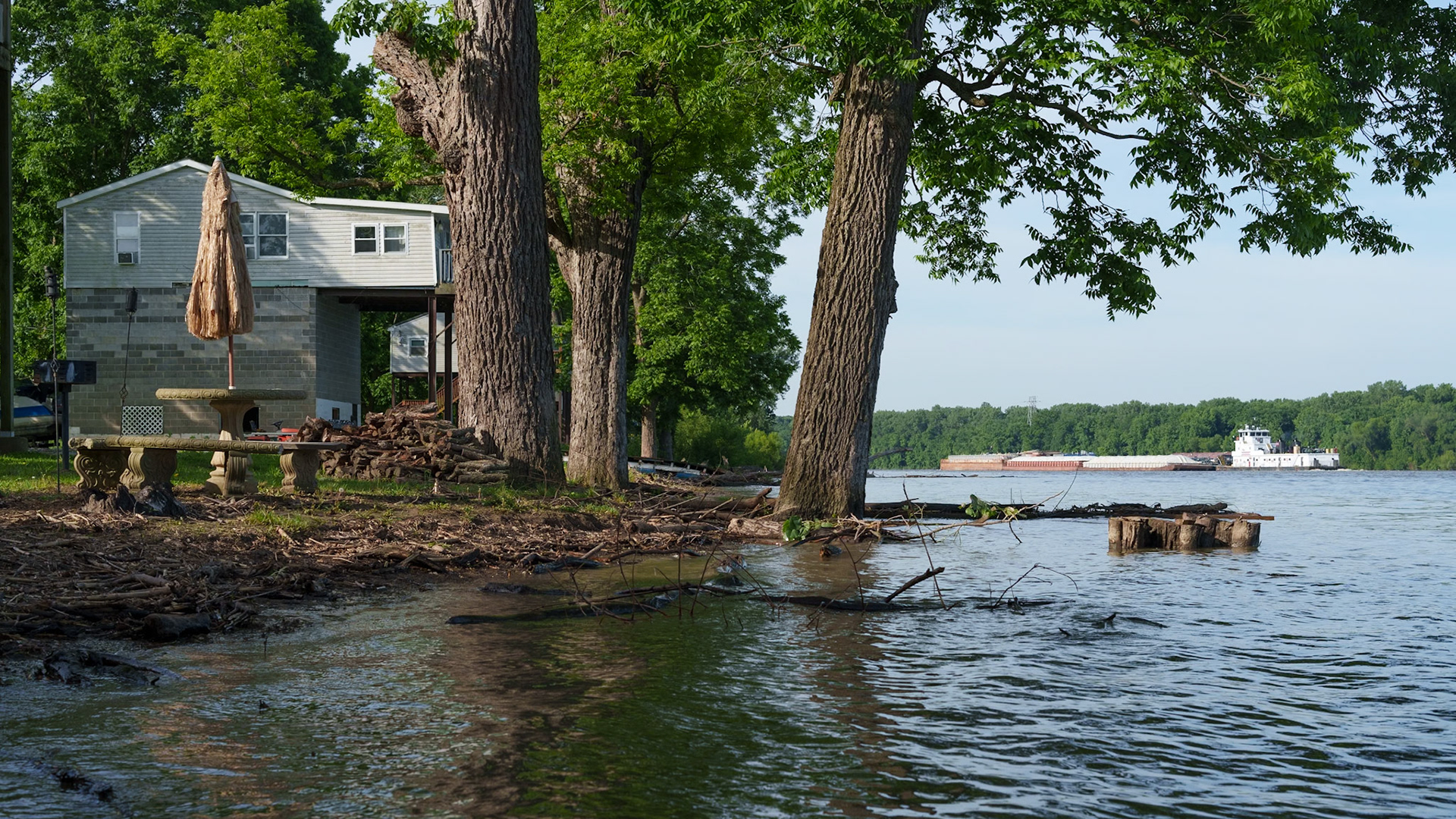

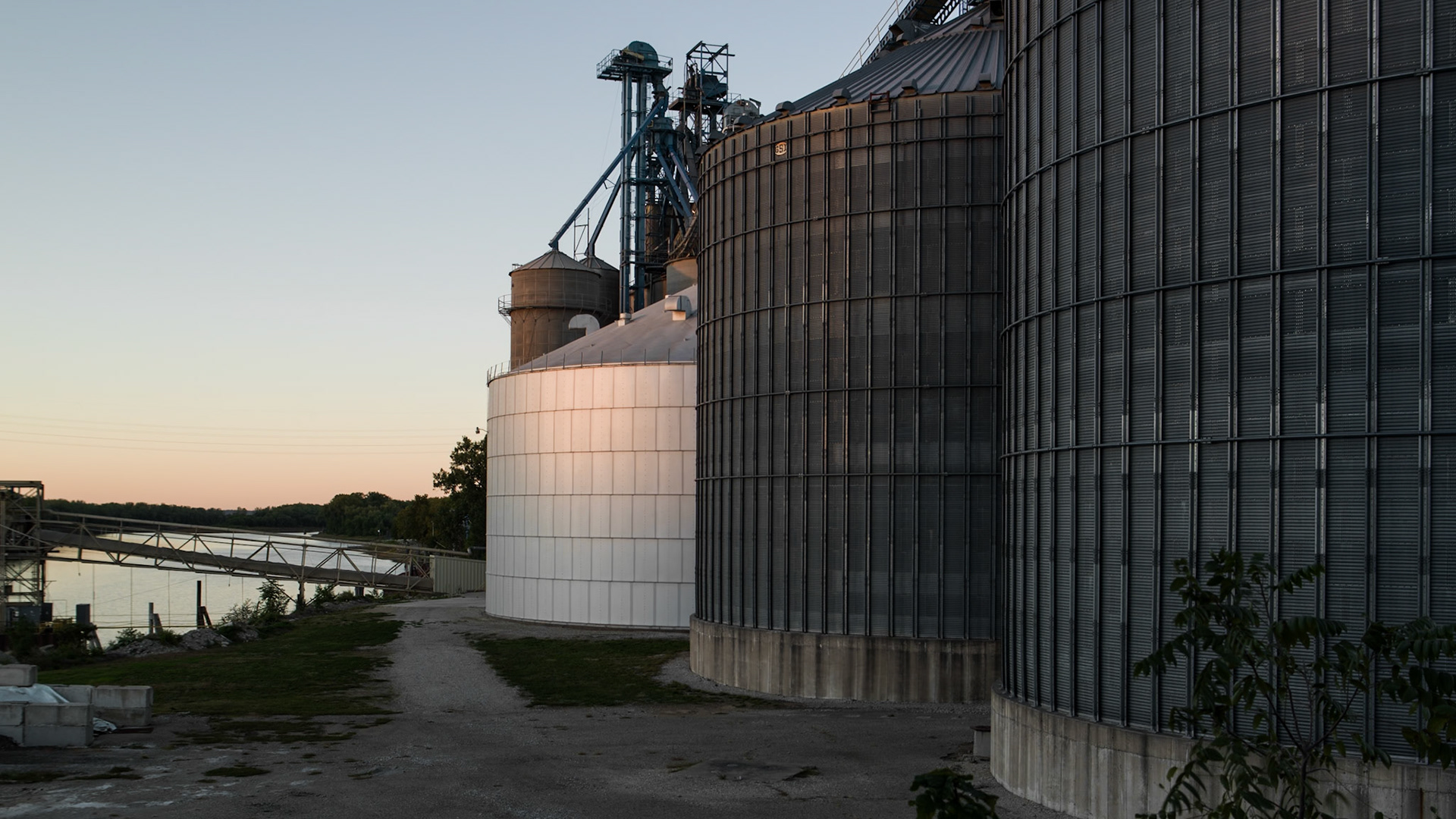
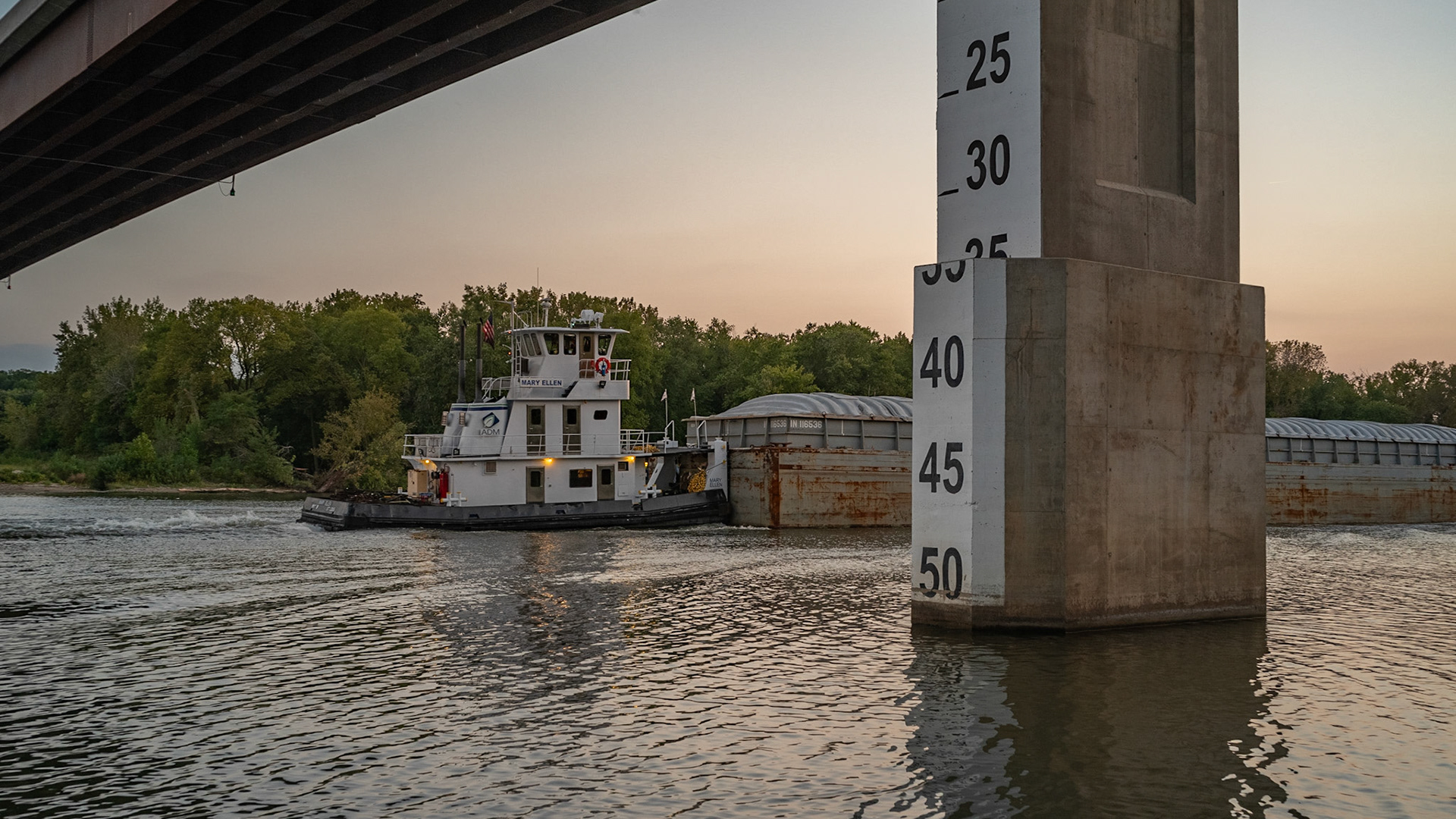
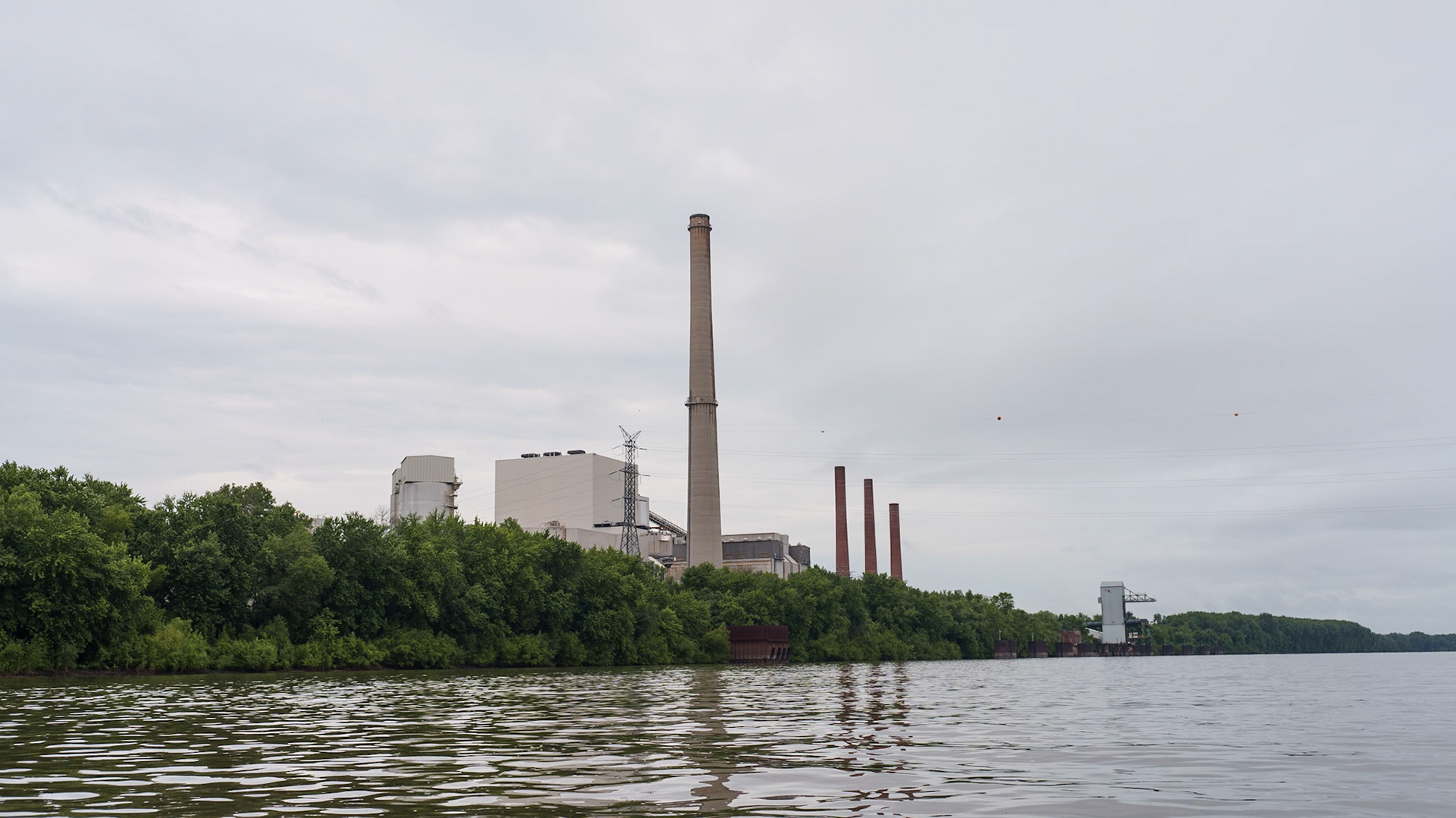
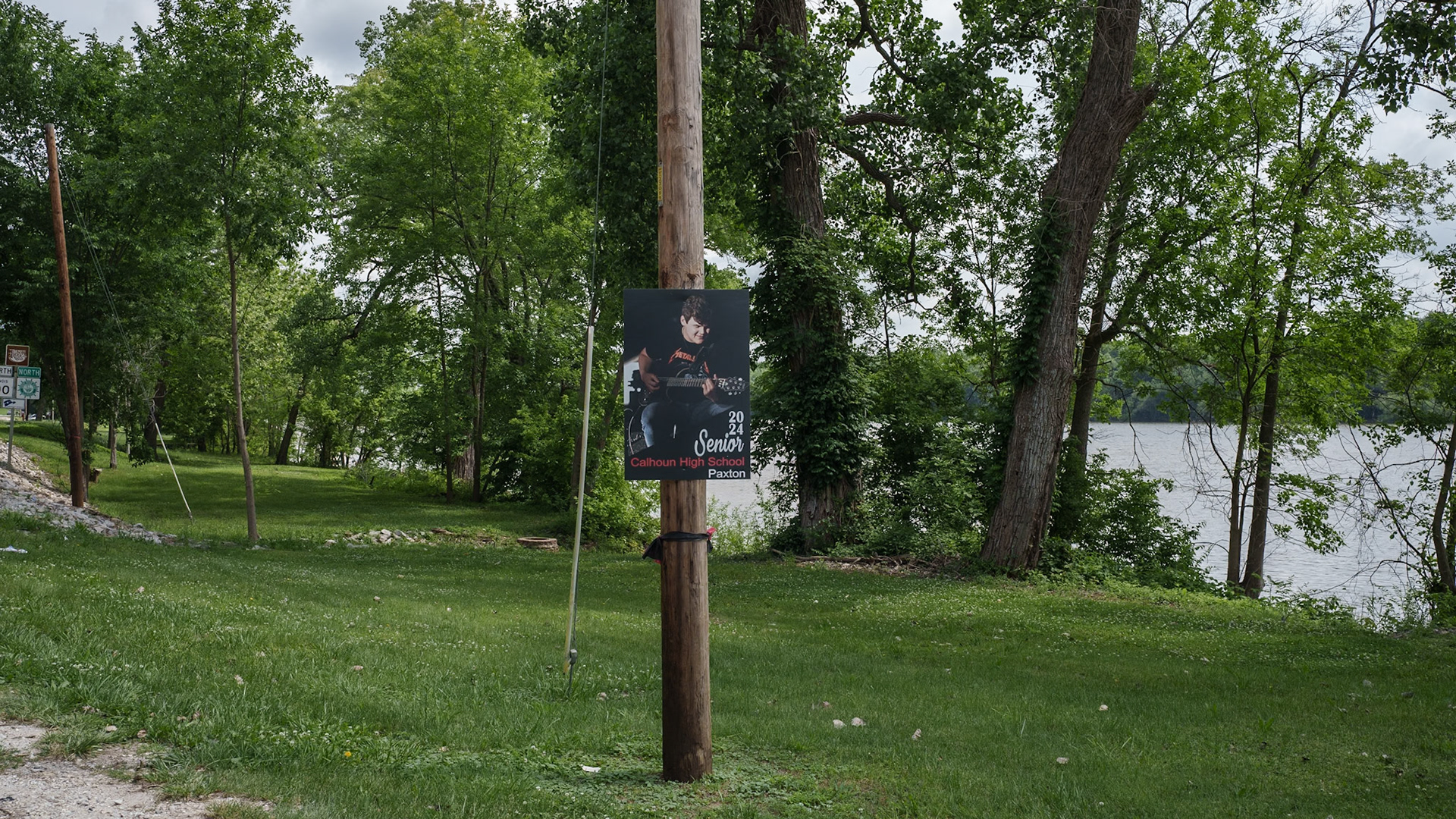
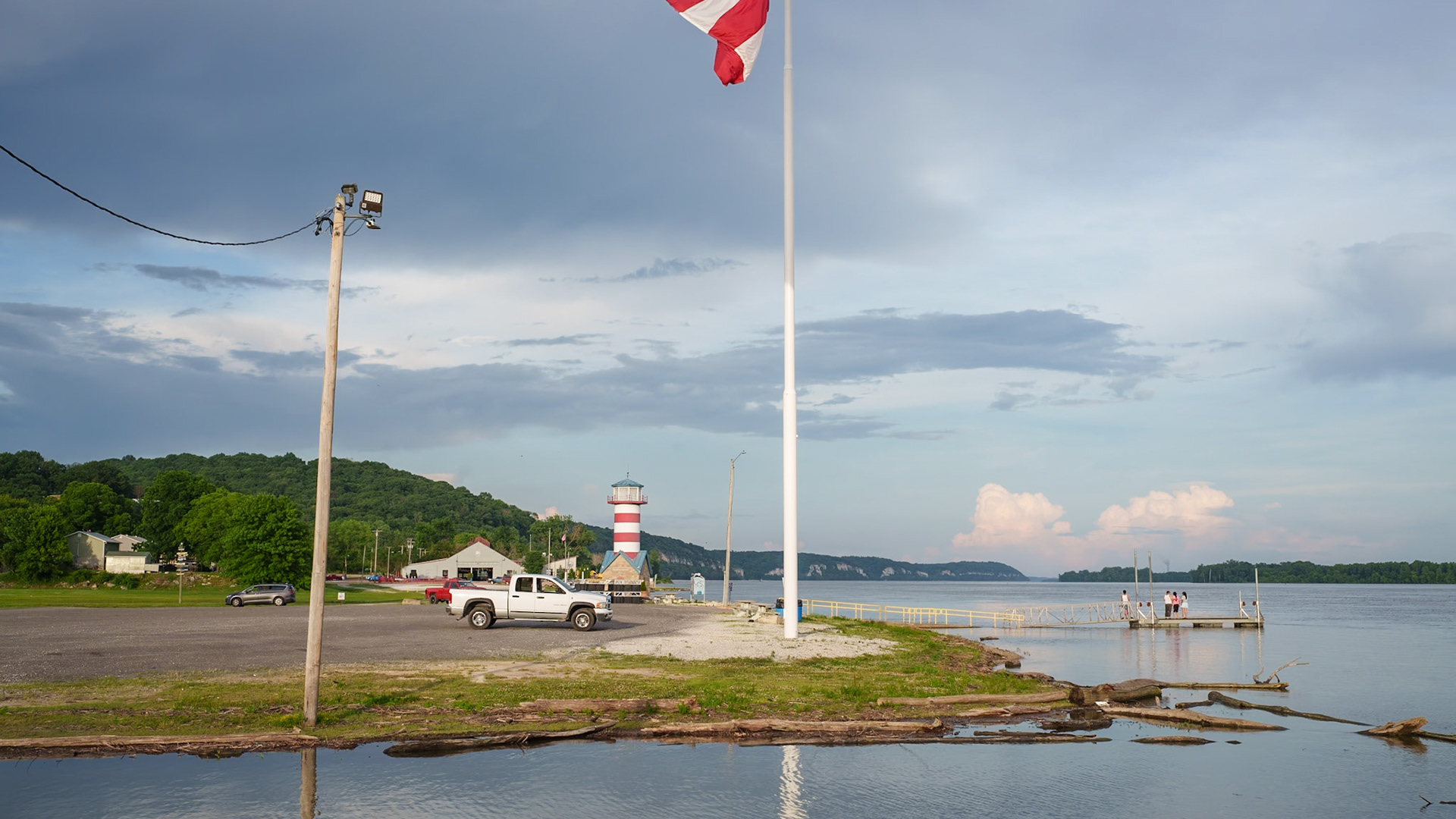
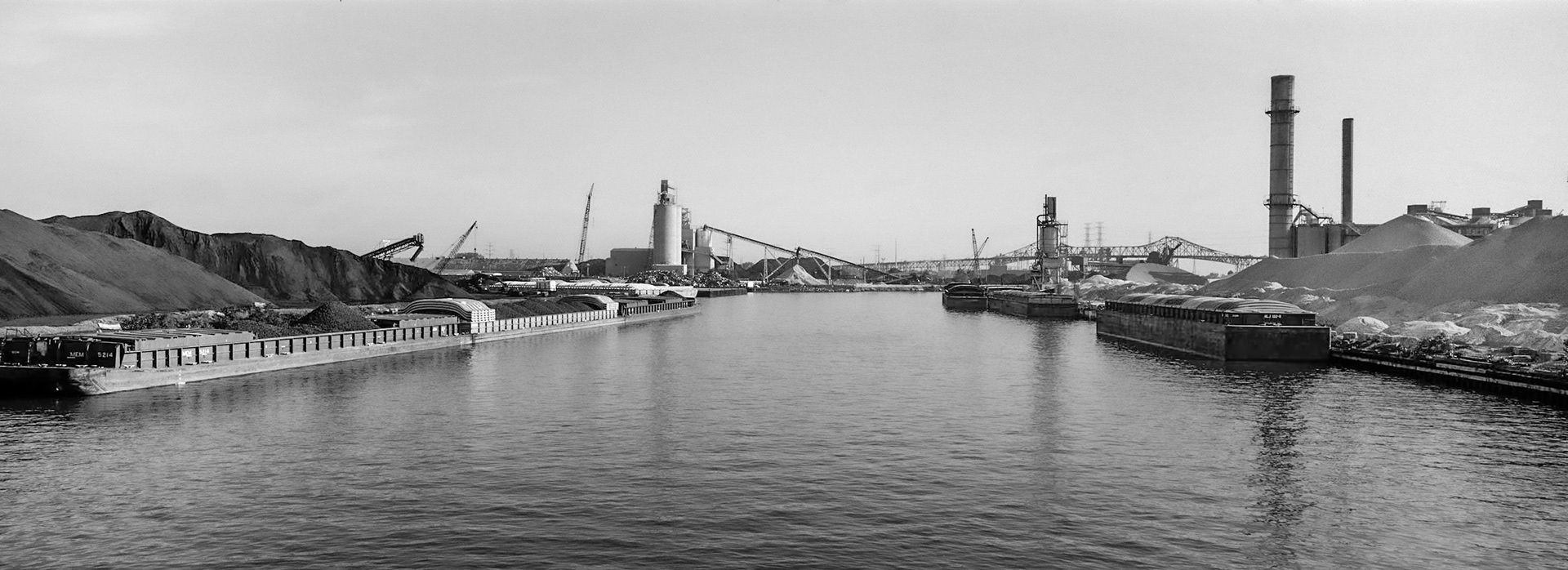
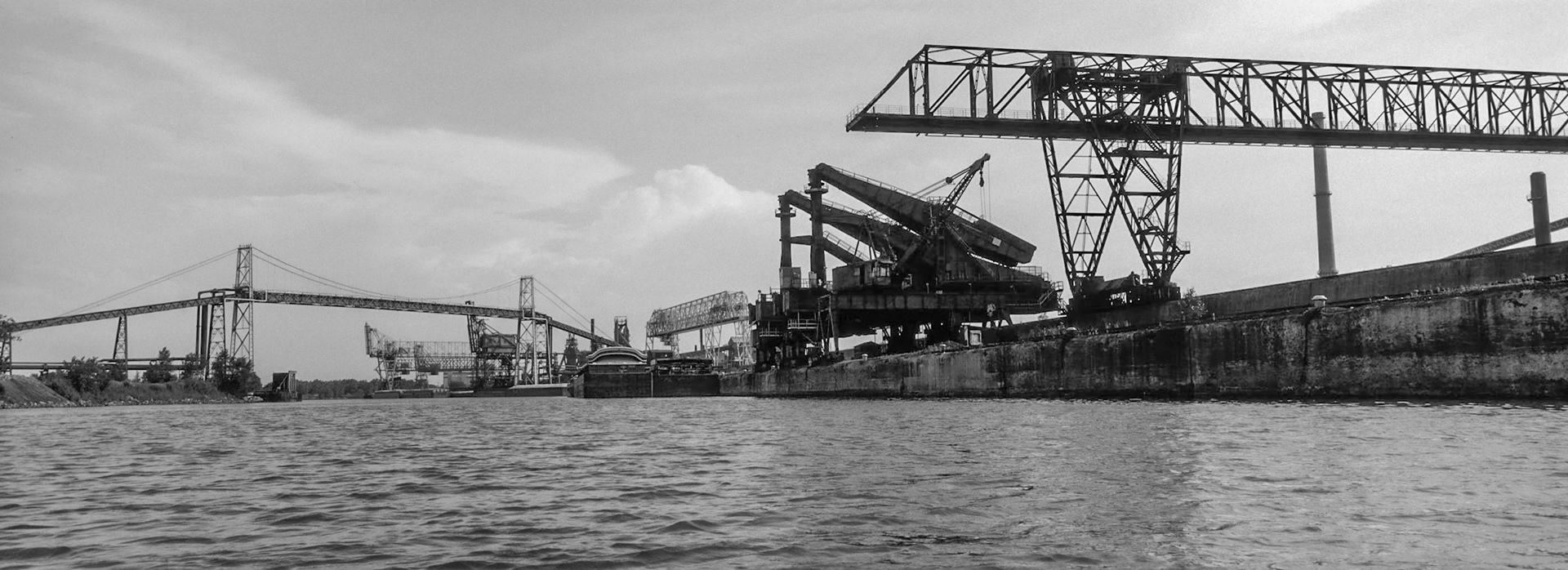
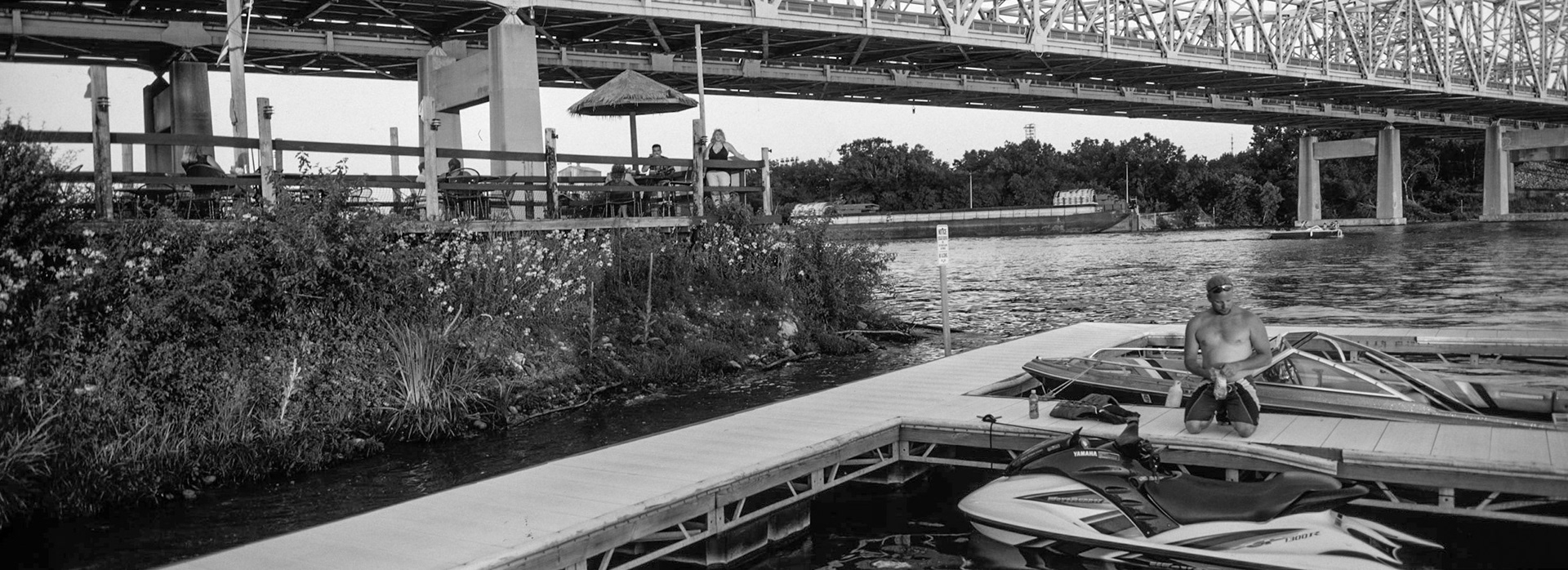
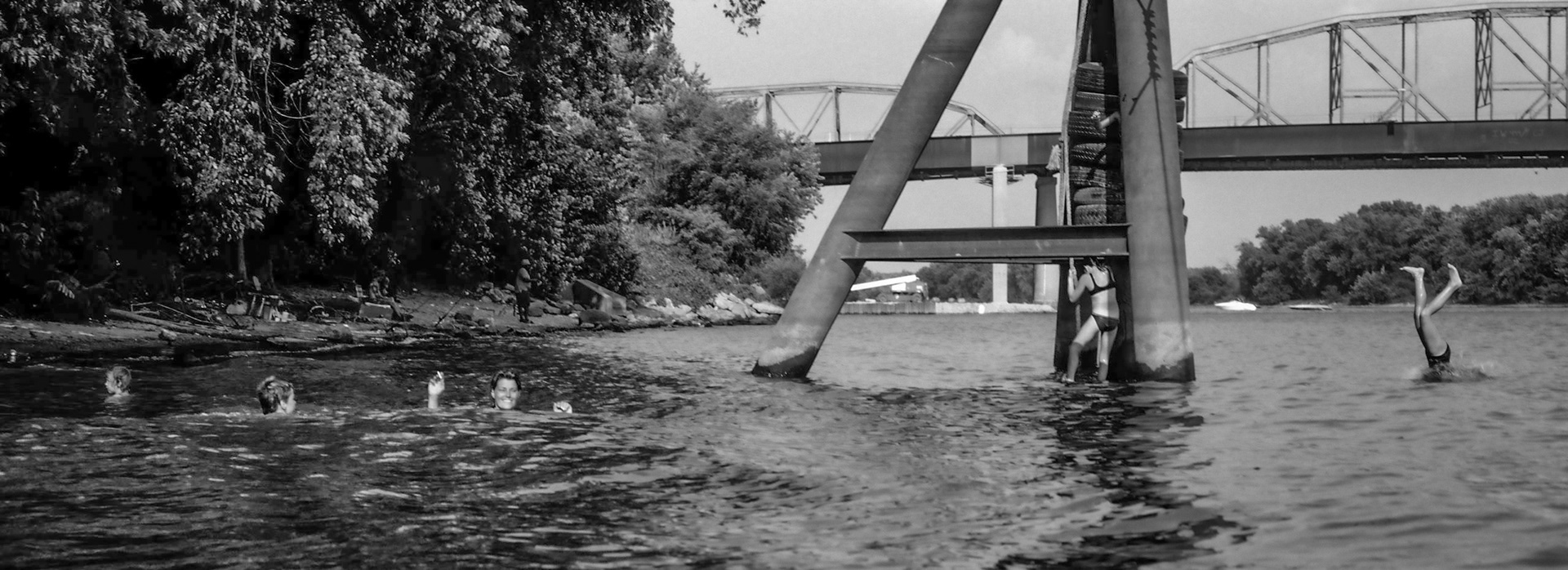
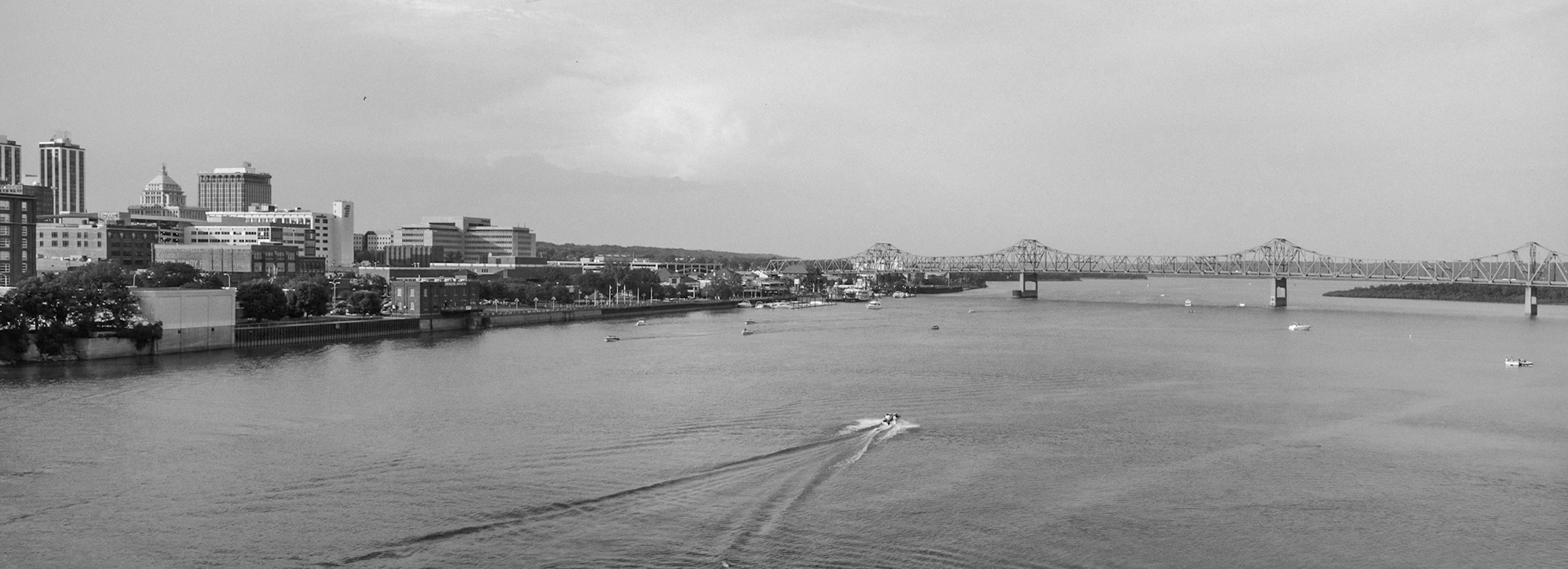
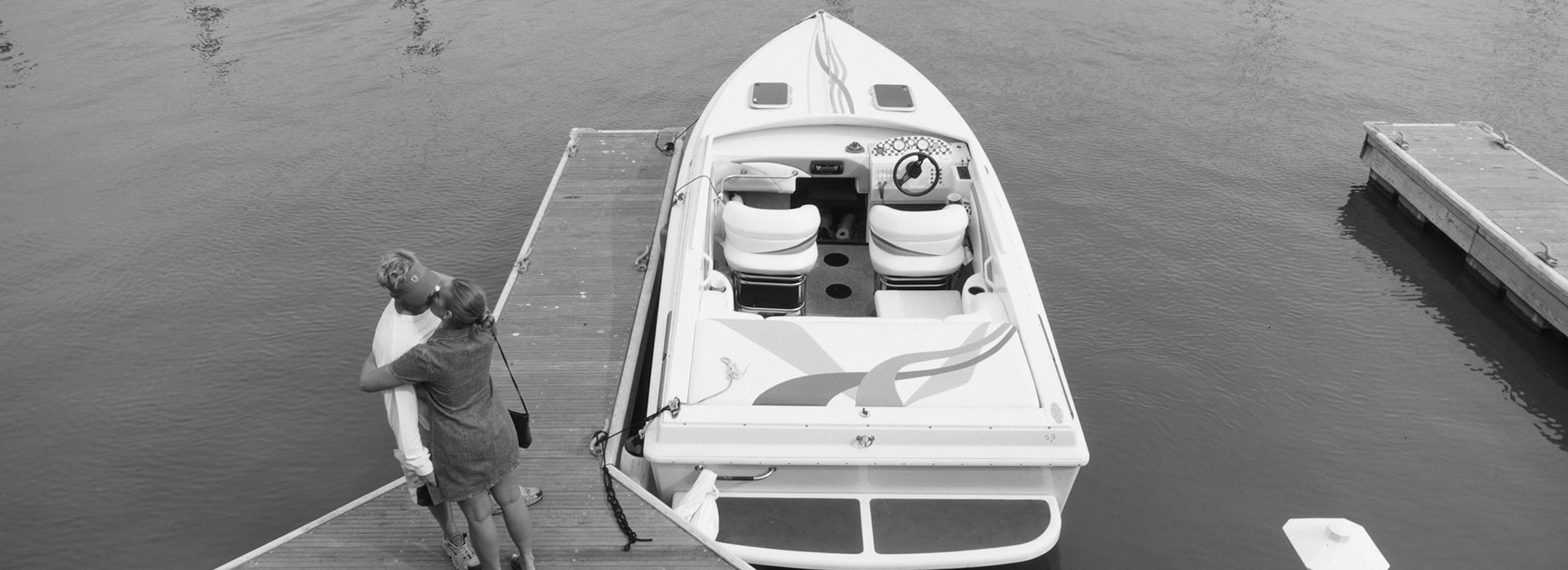
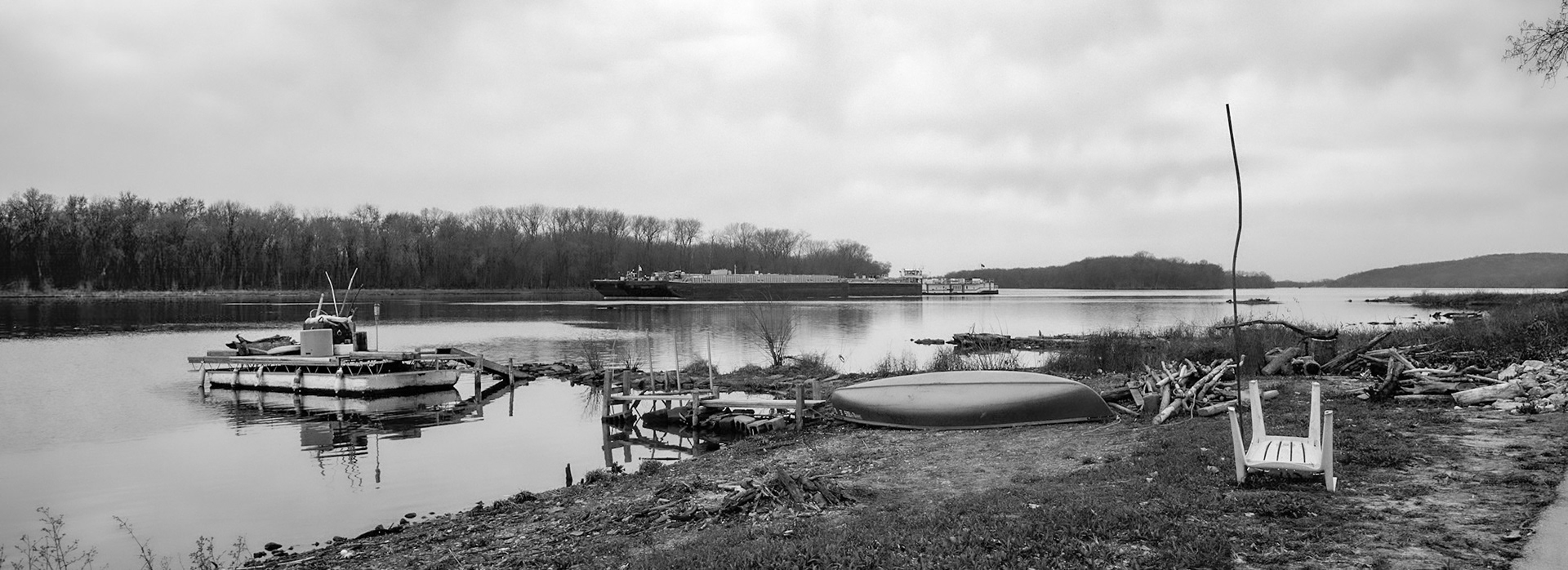
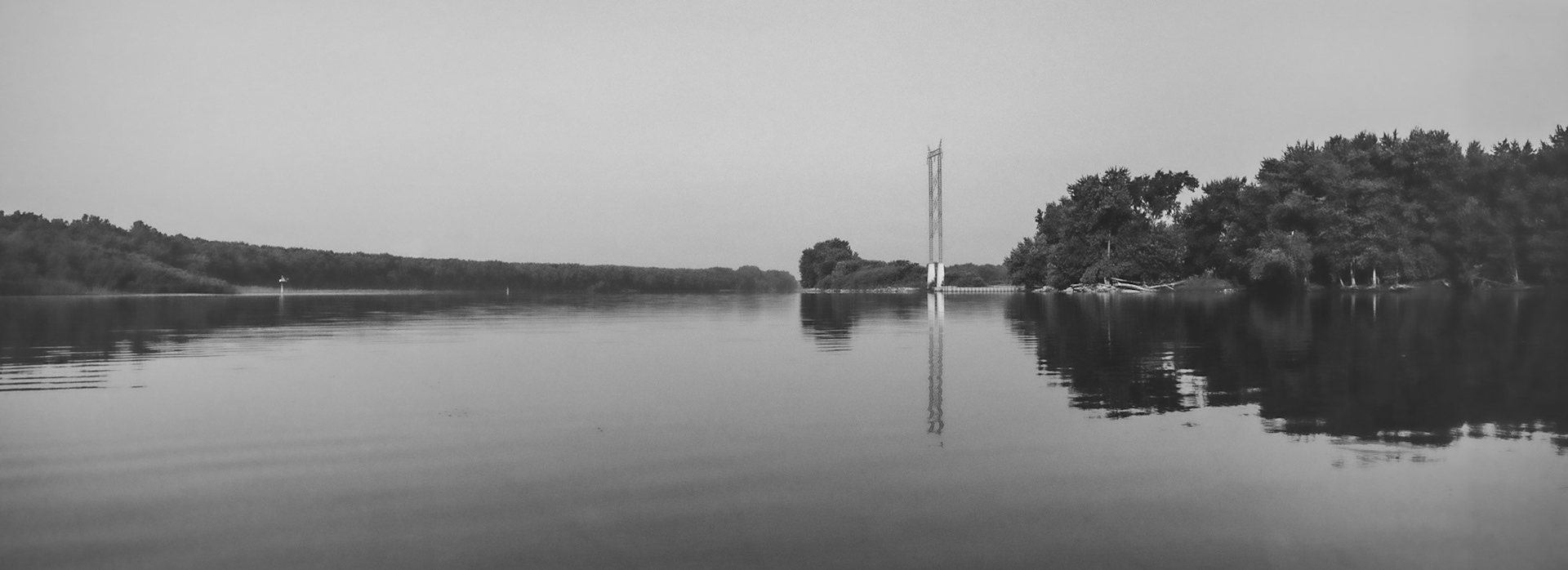

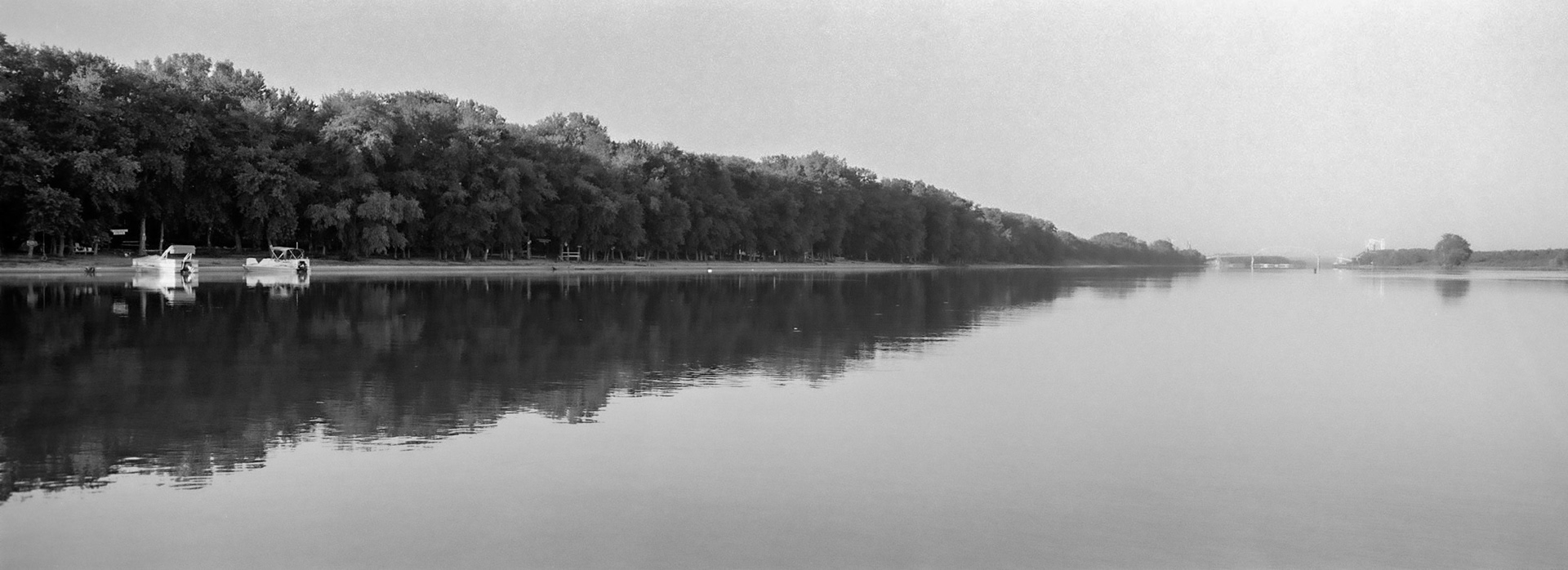


The Illinois Waterway is an elaborate piece of shipping infrastructure that completes a route between the Atlantic Ocean and the Gulf of Mexico, or more practically, the Great Lakes and the Mississippi River. It originates at the edge of Lake Michigan in the vertical urban landscape of Chicago and ends in the horizontal farmlands of mid-state Illinois.
The route runs as follows: Water from Lake Michigan is released into the Chicago and Calumet Rivers. Those rivers merge on the industrial plain in the southwest quadrant of Chicago into the “Chicago Sanitary and Ship Canal.” The 90-mile Ship Canal joins the Des Plaines River which then flows into the Illinois River.
On a road map the Illinois appears to stair-step southwest across the state, a scant line of blue that in places blooms into lakes and sloughs. Flanking the blue line are headings for river towns such as Channahon, Marseilles, Havana, Peru, Meredosia, Beardstown, Kampsville. The Waterway completes its navigable route between Lake Michigan and the Mississippi- its raison d’etre- 336 miles downstream just north of St. Louis.
Navigation charts show the location of 8 locks and dams on the Waterway; the dams to constrain and control the flow of water and the locks to move boats and barges around the dams. A channel cuts down the middle of the Waterway maintained at a minimum depth of 9 feet to accommodate barge traffic. The channel is marked at intervals by buoys and shoreline markers to guide towboat pilots. The charts also indicate the vertical clearance and span of a multitude of highway and railway bridges, gas pipelines and power lines, as well as the occasional ferry line.
This long stretch of landscape has an earnest blue collar presence. It’s worked hard. Every day. That impression is deepened by many dozens of defunct and decommissioned buildings, power plants and bridges forced into retirement by successive generations of industries and technologies. Thought of collectively these structures form a sort of gritty rust belt museum- best accessed by boat. No admission fee.
Remarkably, despite continuous barge traffic hauling everything from scrap-iron to petrochemicals; despite the wreckage, pollution and a nightmarish invasion of Asian Carp; despite being managed and maligned by industry, the Illinois Waterway draws both people and wildlife to its banks. On a summer day, at the feet of glittering skyscrapers, tour boats, water taxis, motorboats and squadrons of kayakers ply the not-so-clean waters of the Chicago River. Downstate, massive diesel-powered towboats push football field-sized rafts of barges amidst a jittery skein of jet skis, pleasure boaters, and paddlers. Wildlife conservation areas, state parks and private campgrounds provide yet more wildlife habitat and prompt more recreation. Like the industries for which this infrastructure was created, these resilient folks take from the Waterway what they need.

